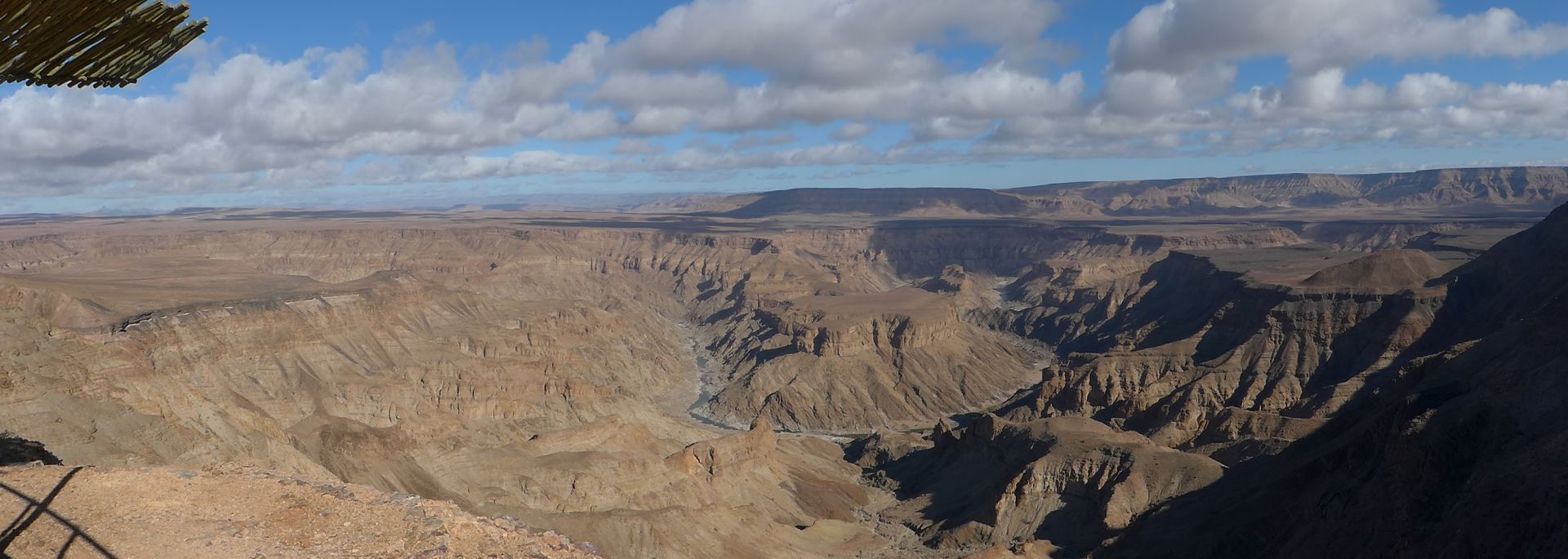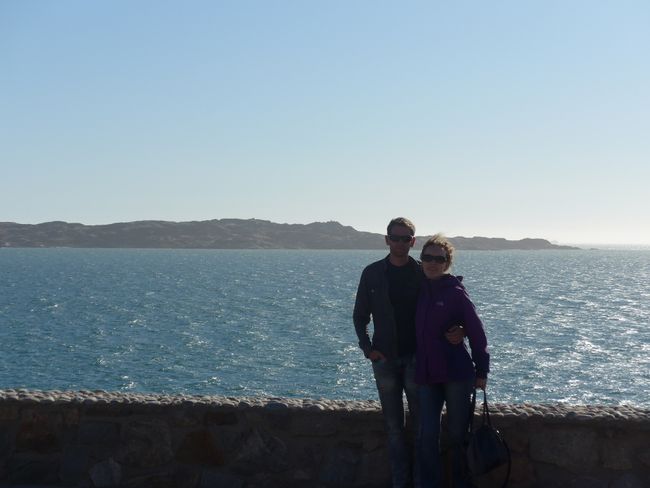Wartburg, City Tour in Eisenach and Car World
ප්රකාශිතයි: 09.07.2020
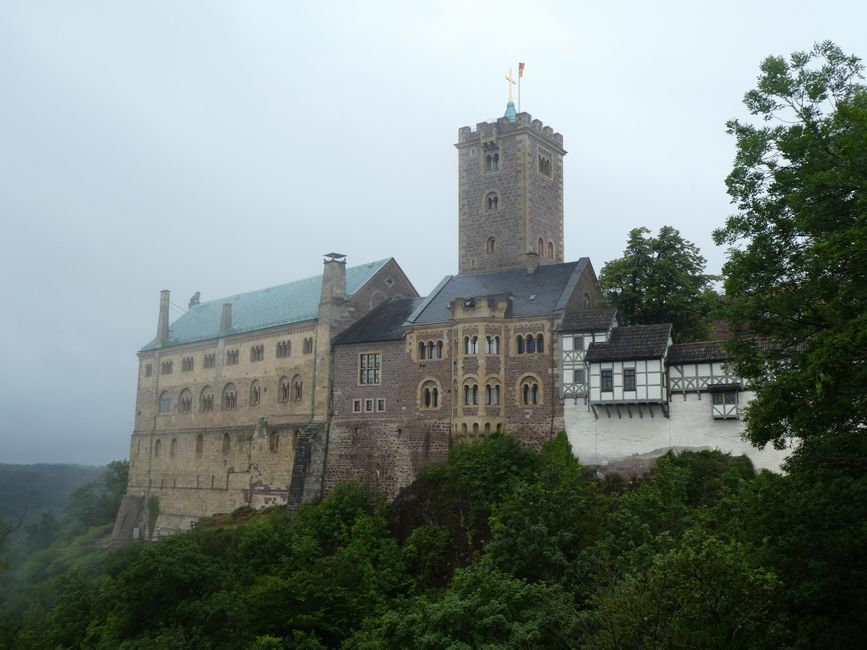
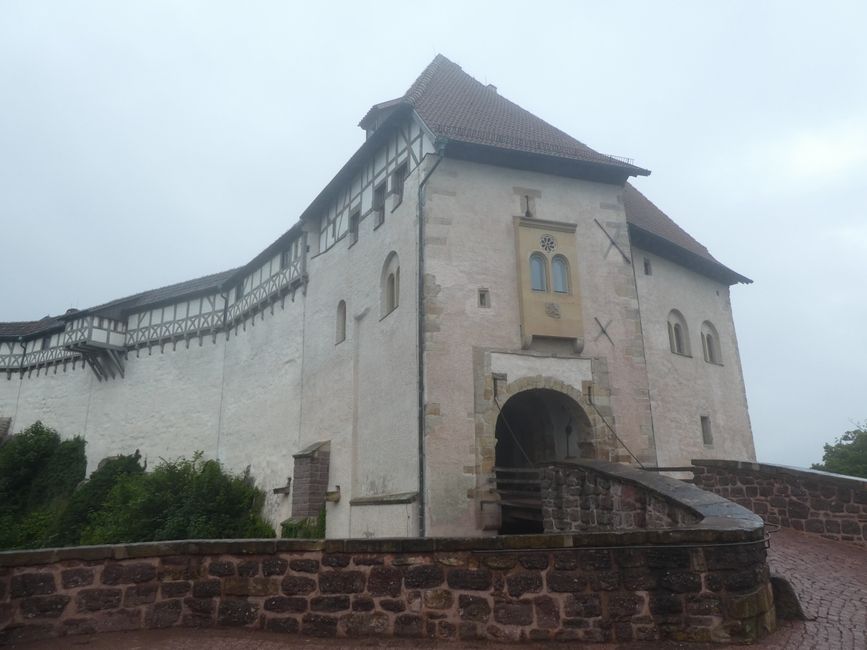
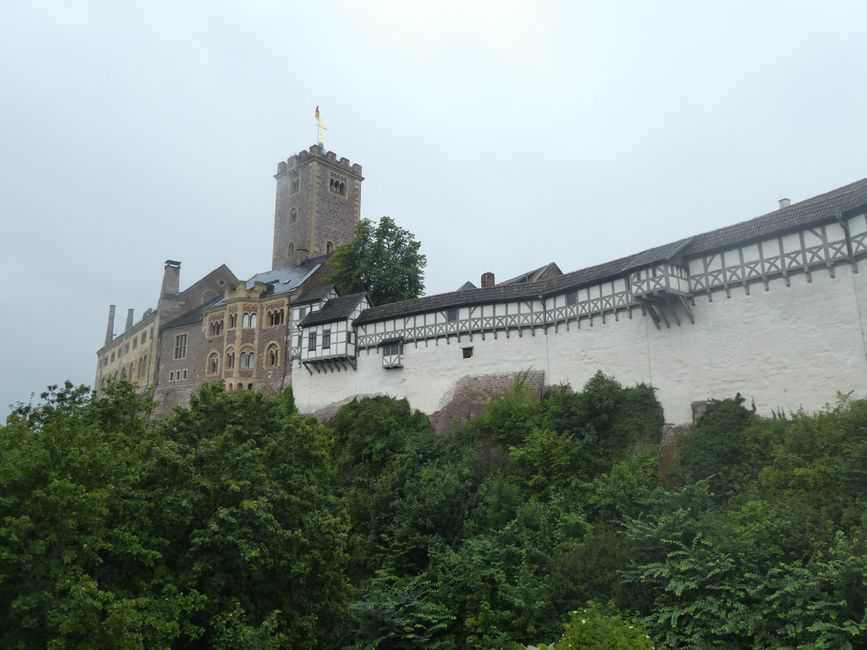
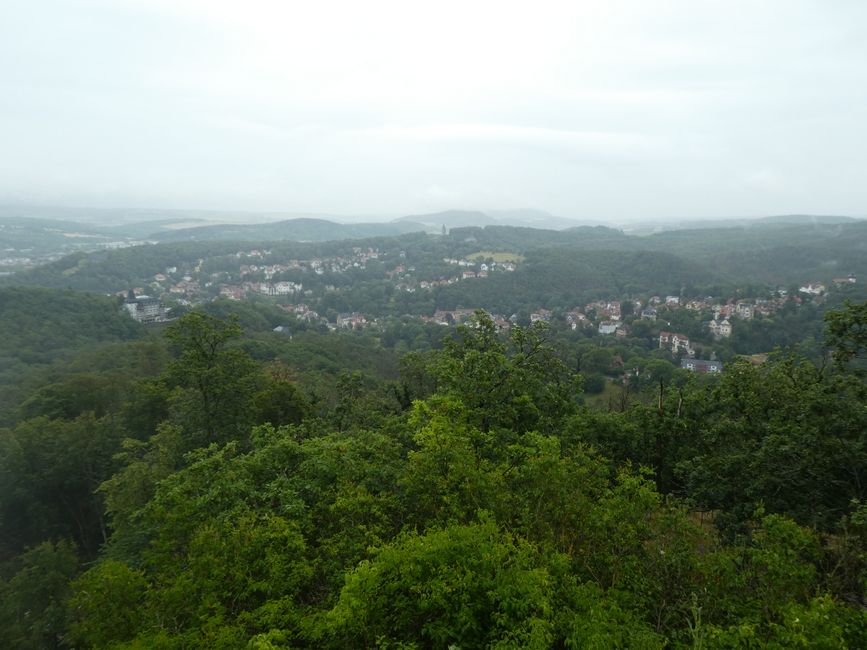
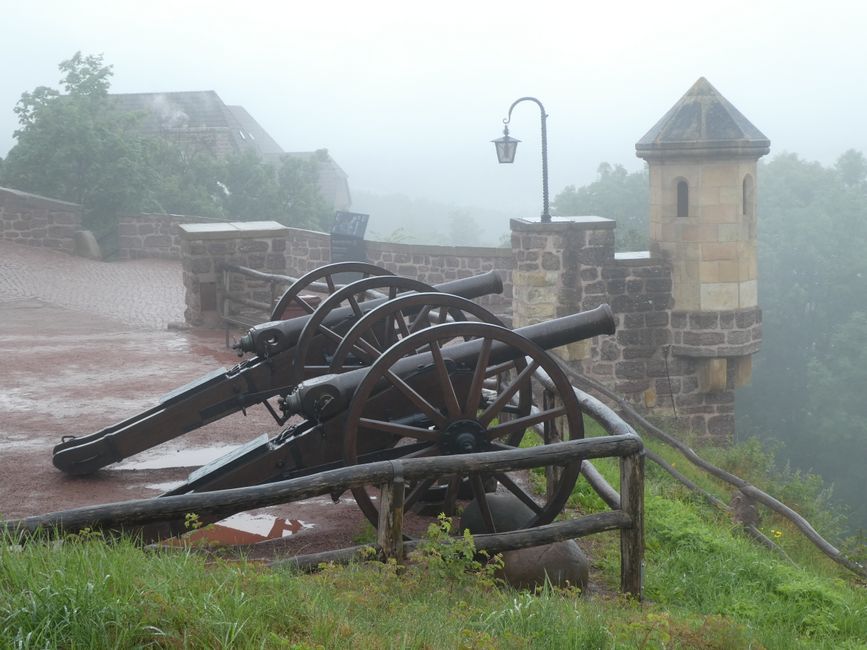
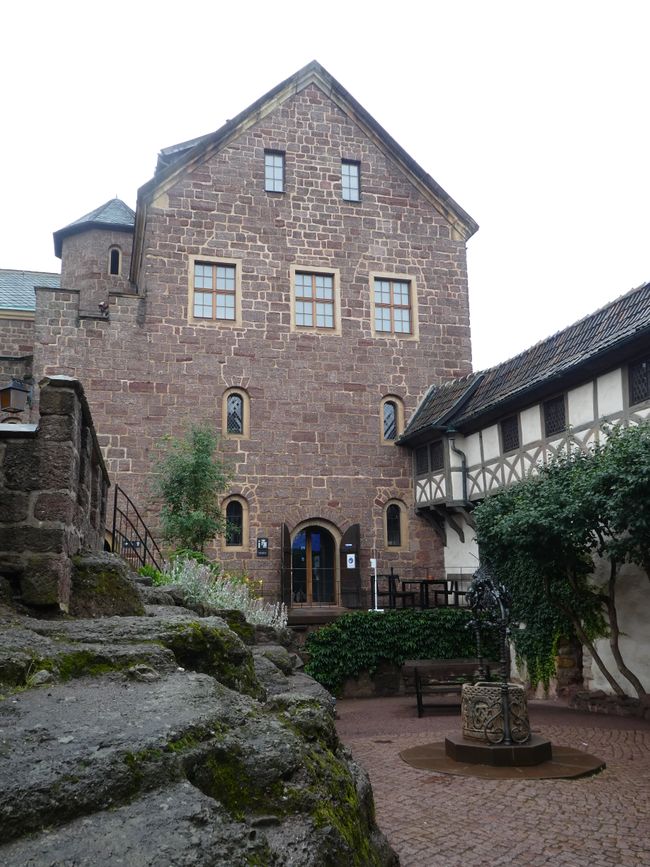
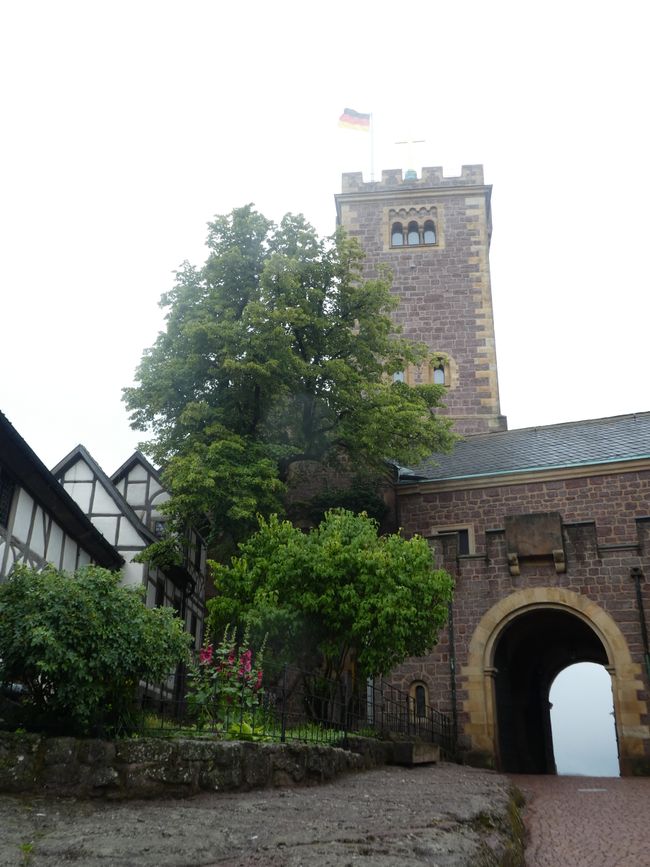
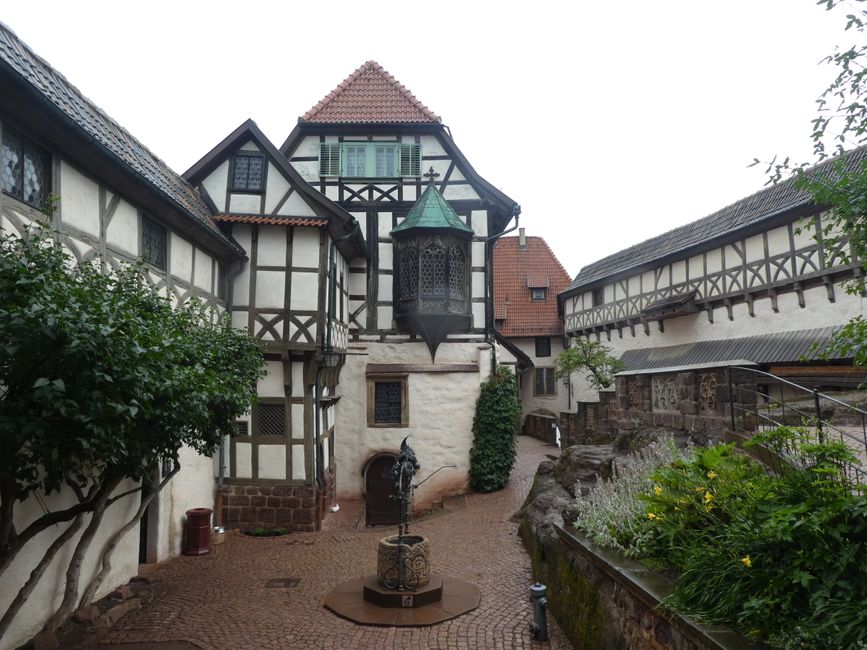
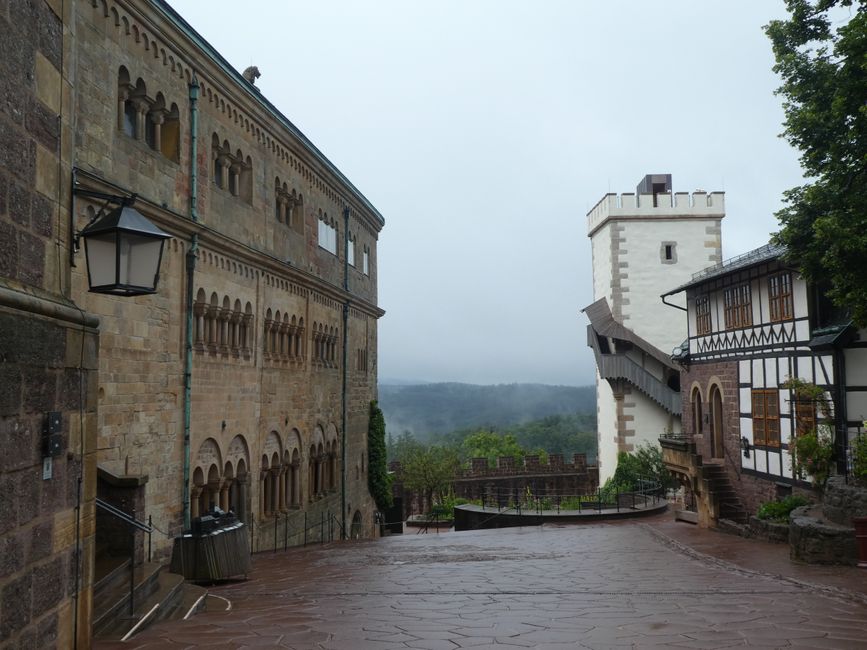
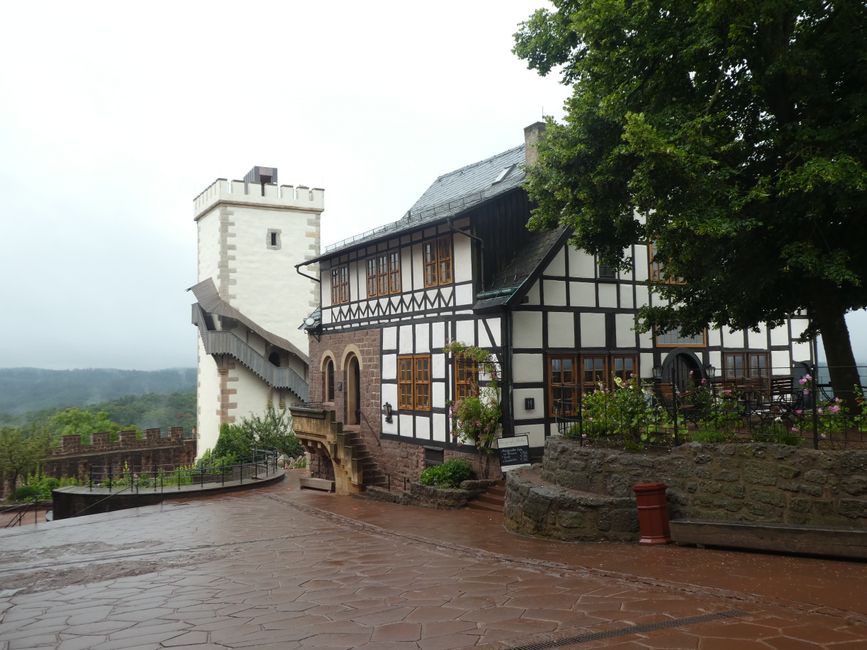
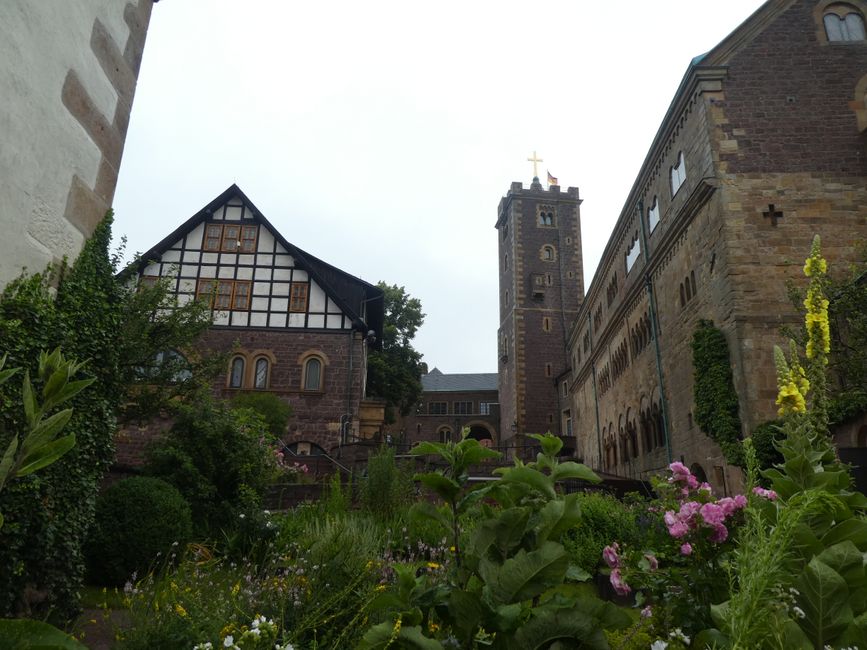
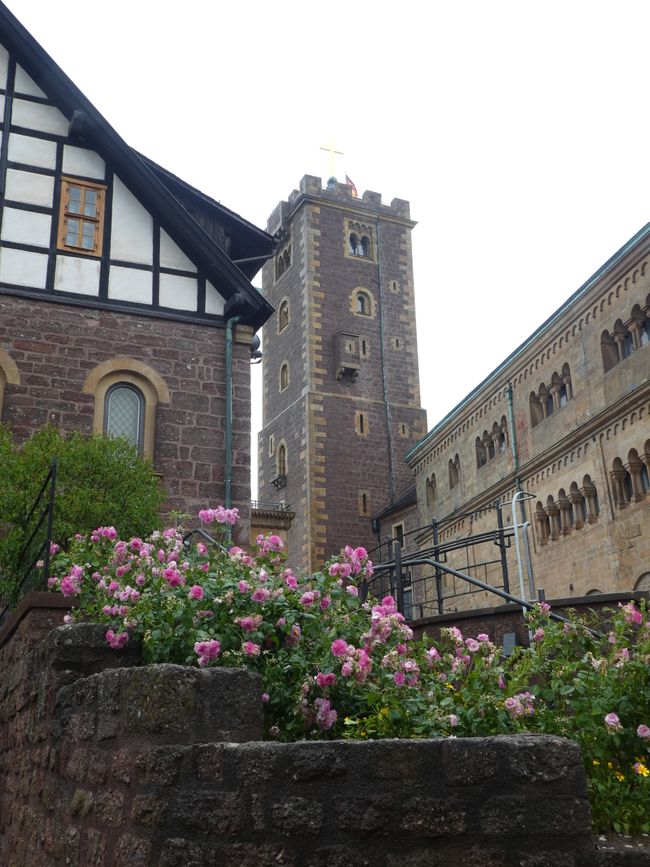
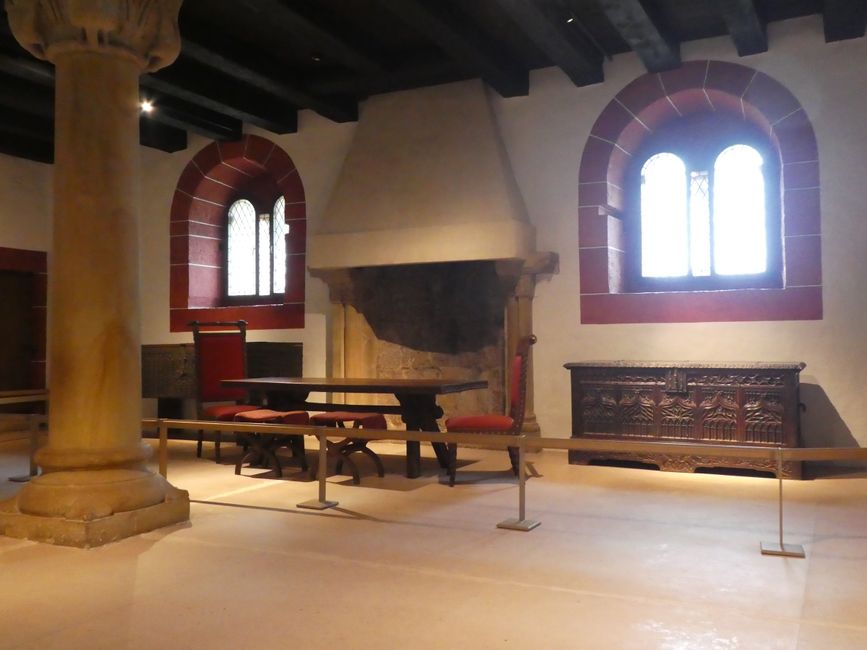
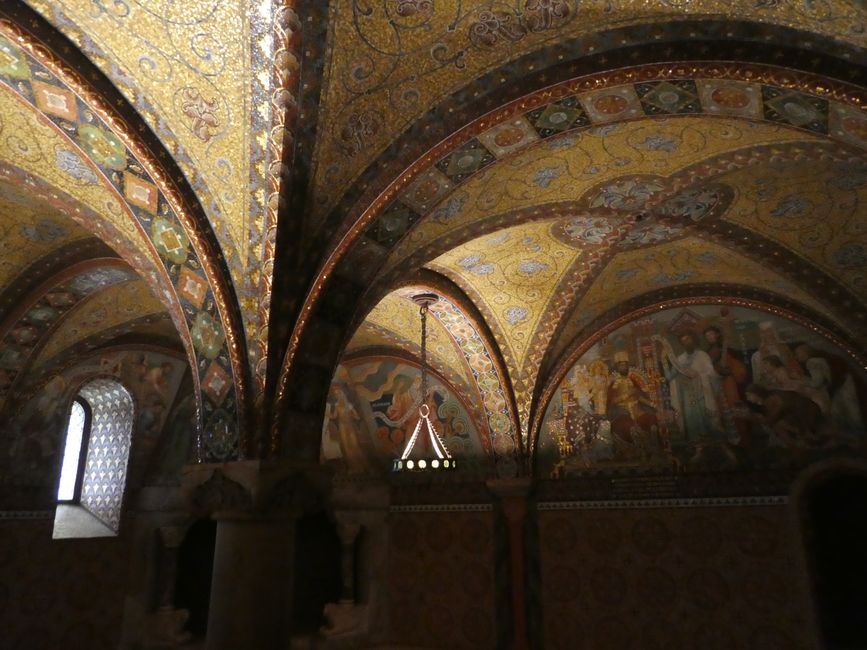
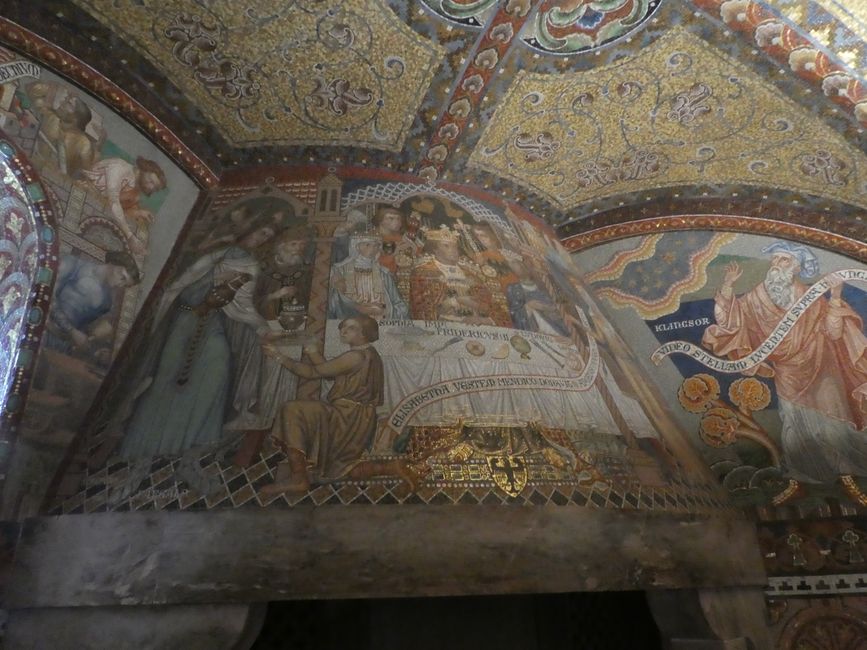
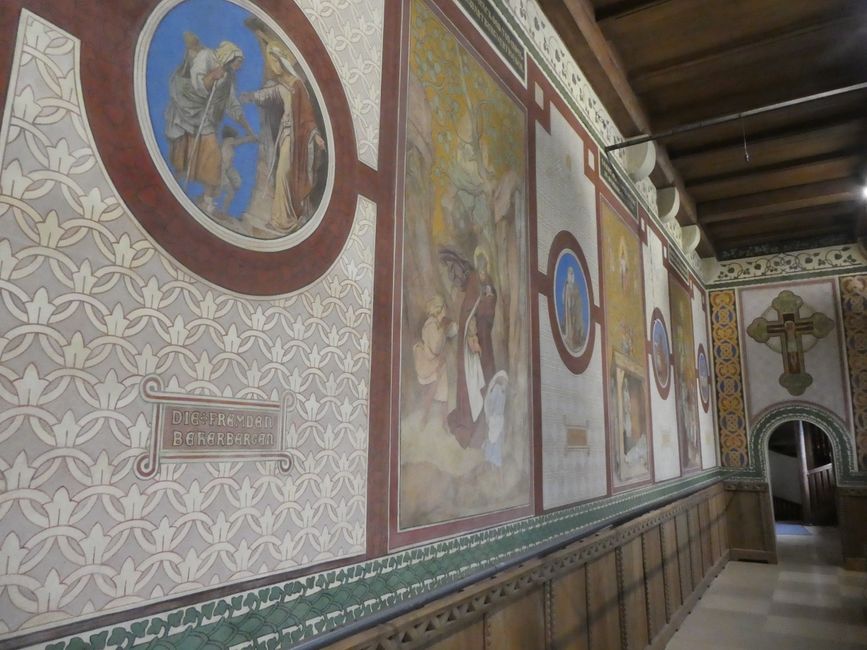
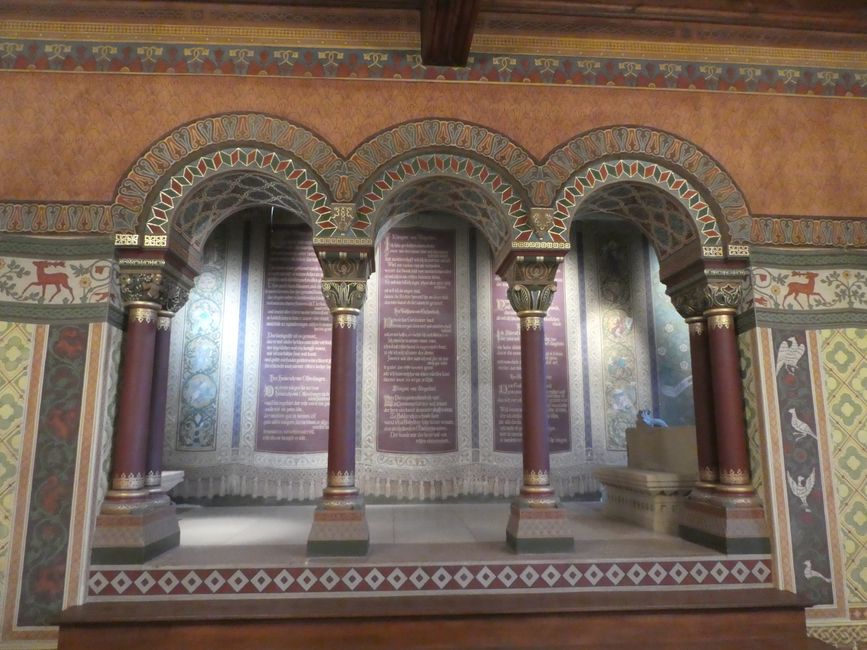
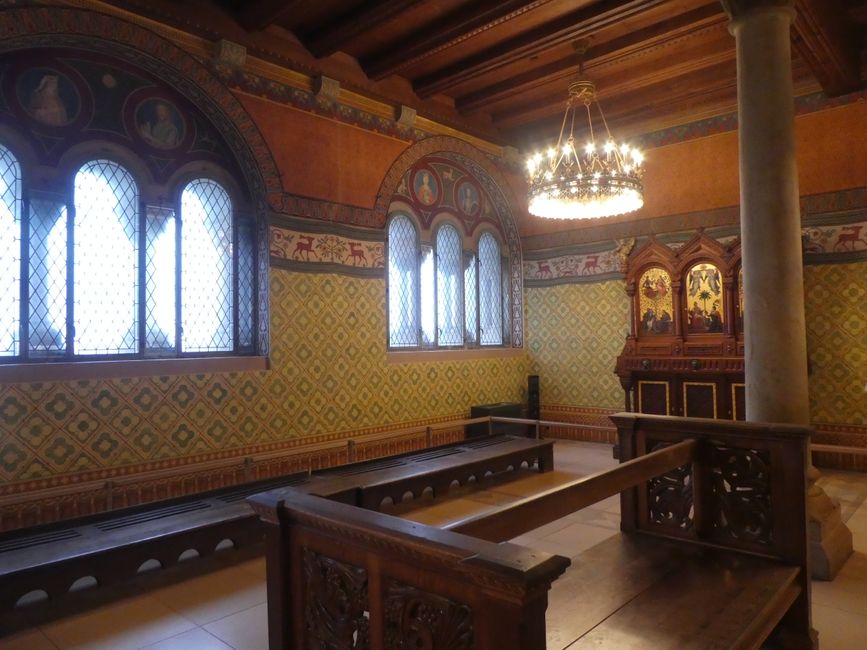
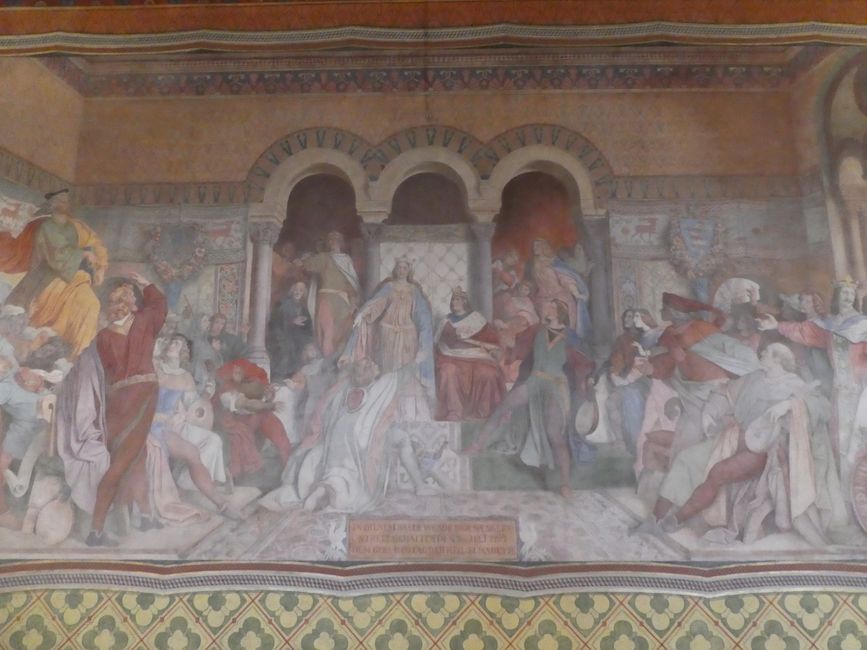
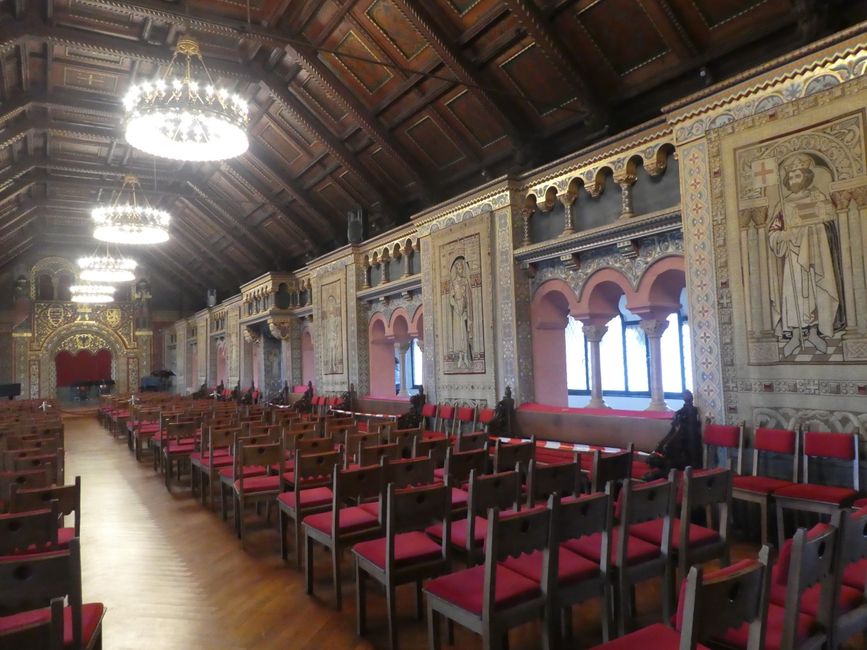
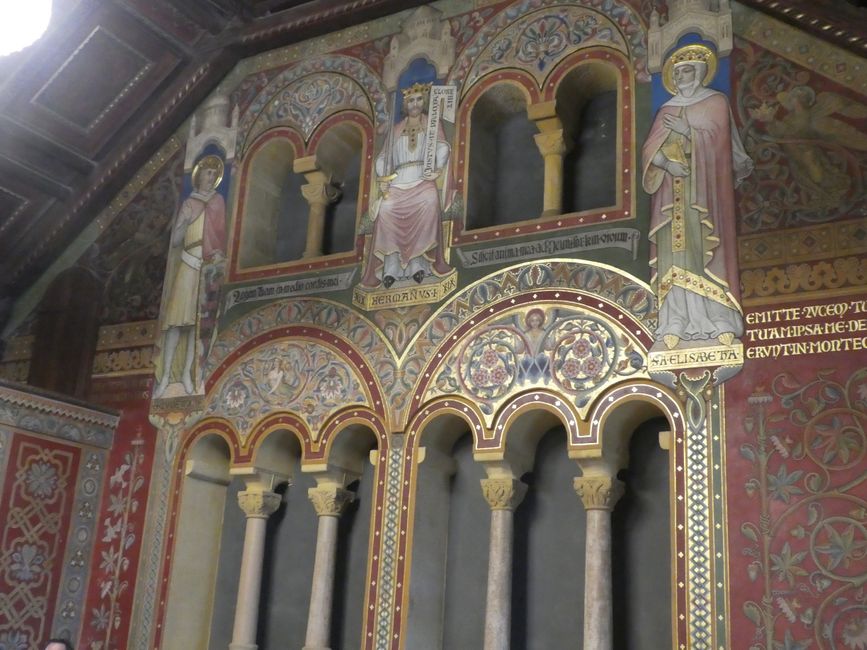
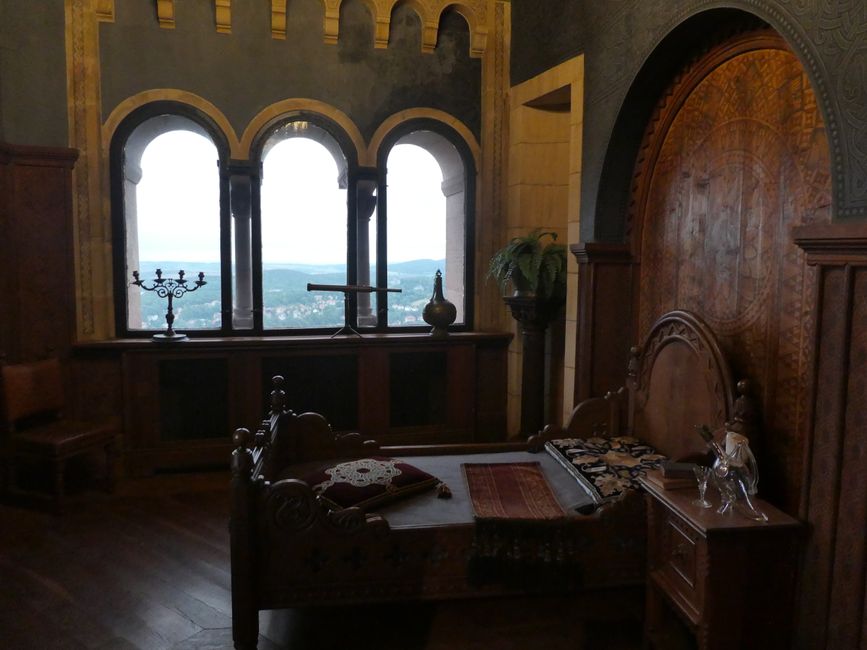


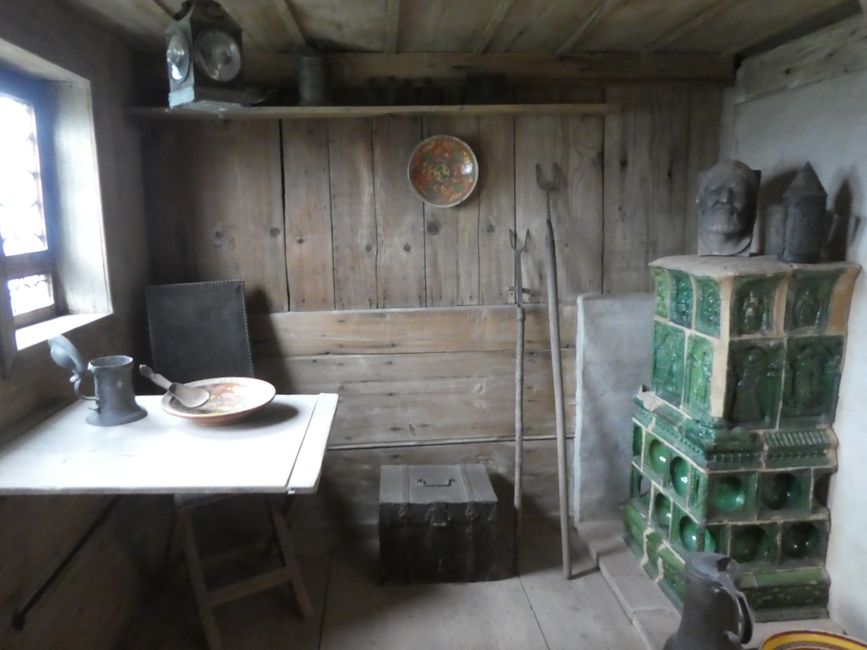
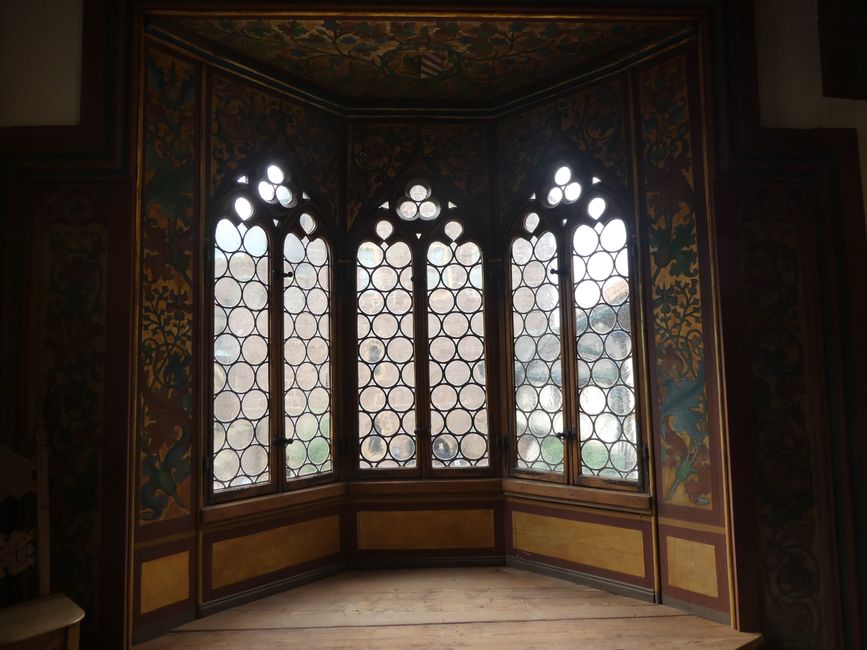
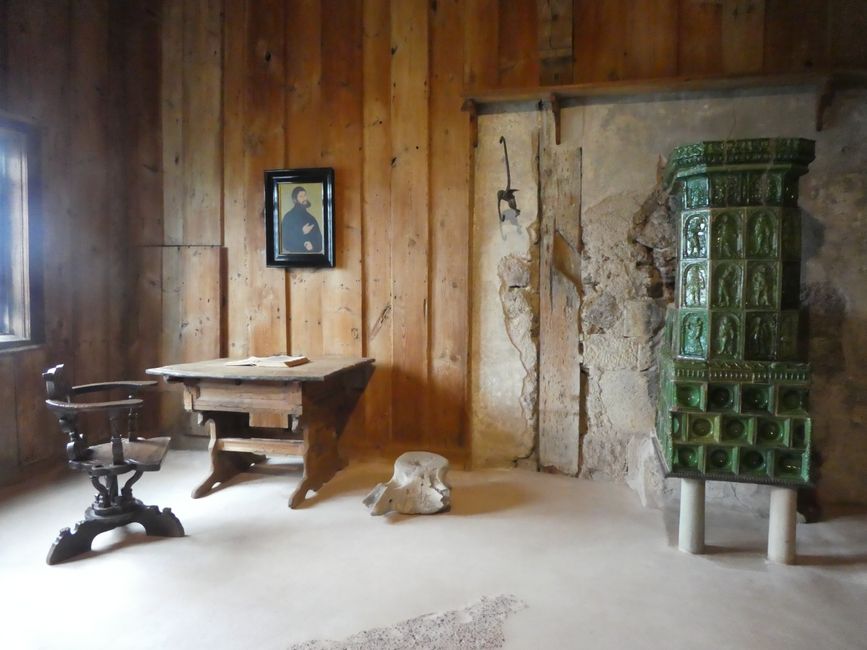
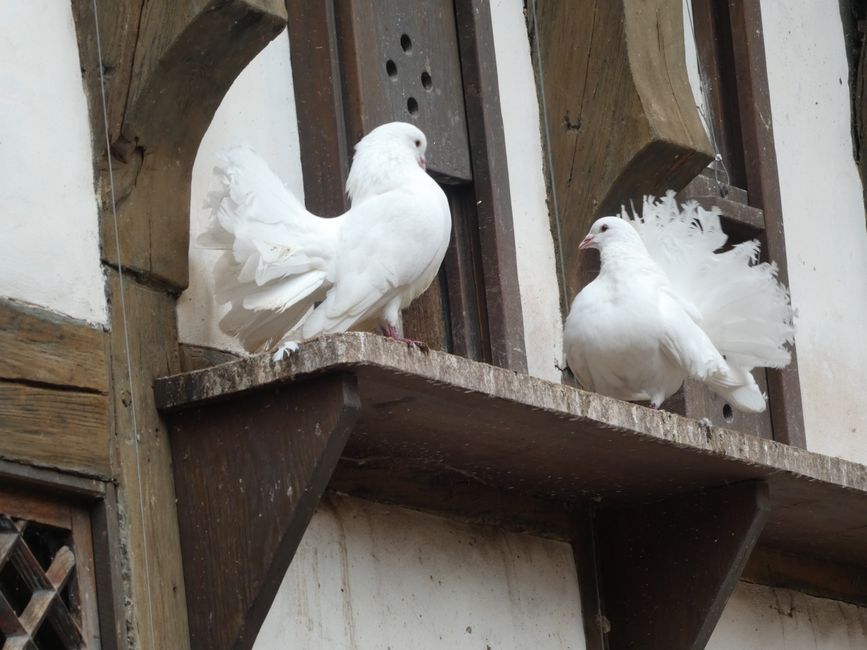
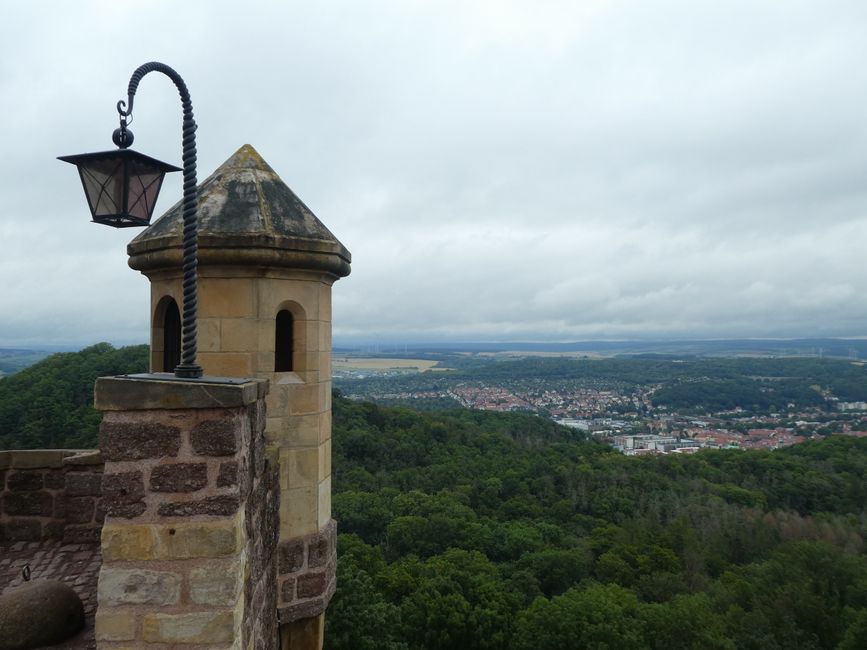
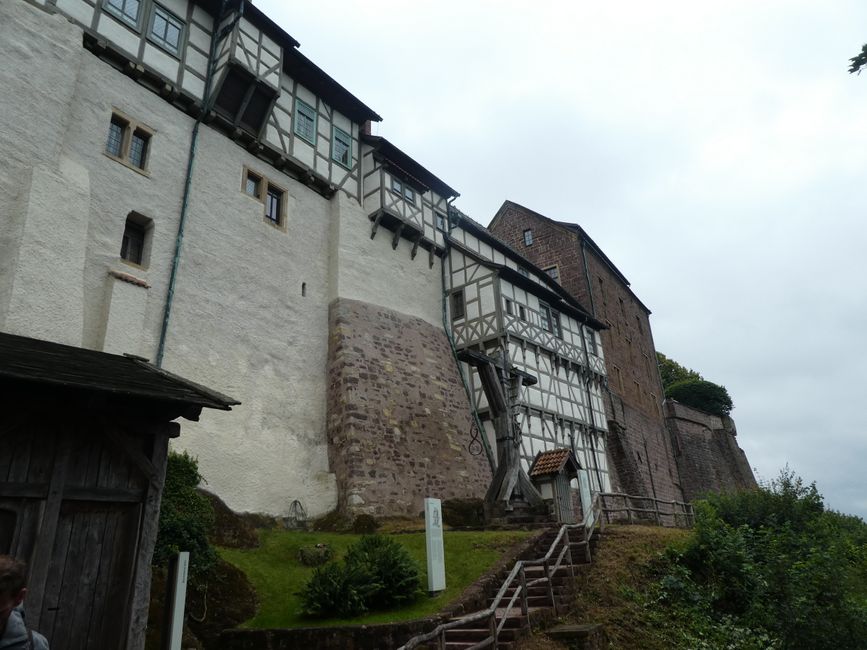
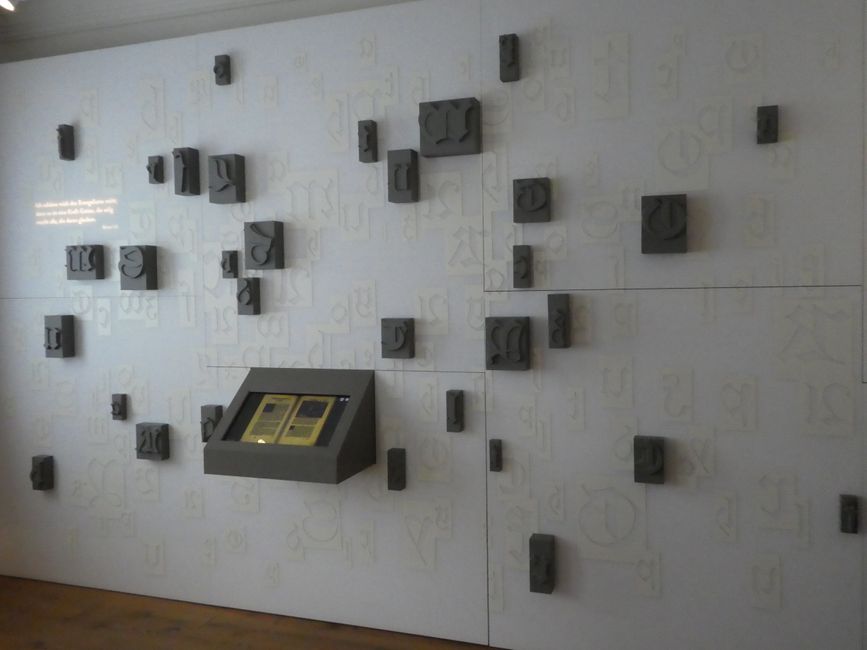
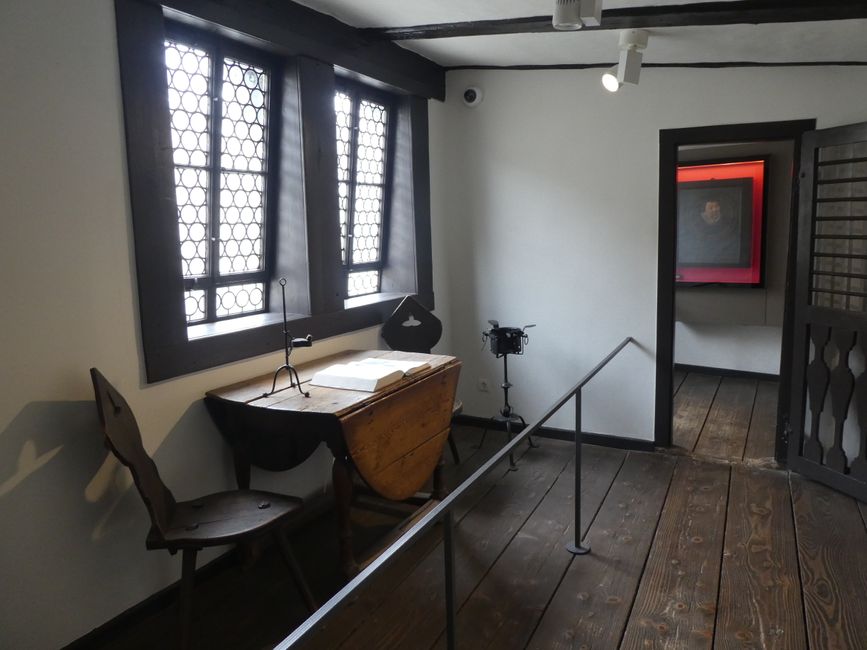
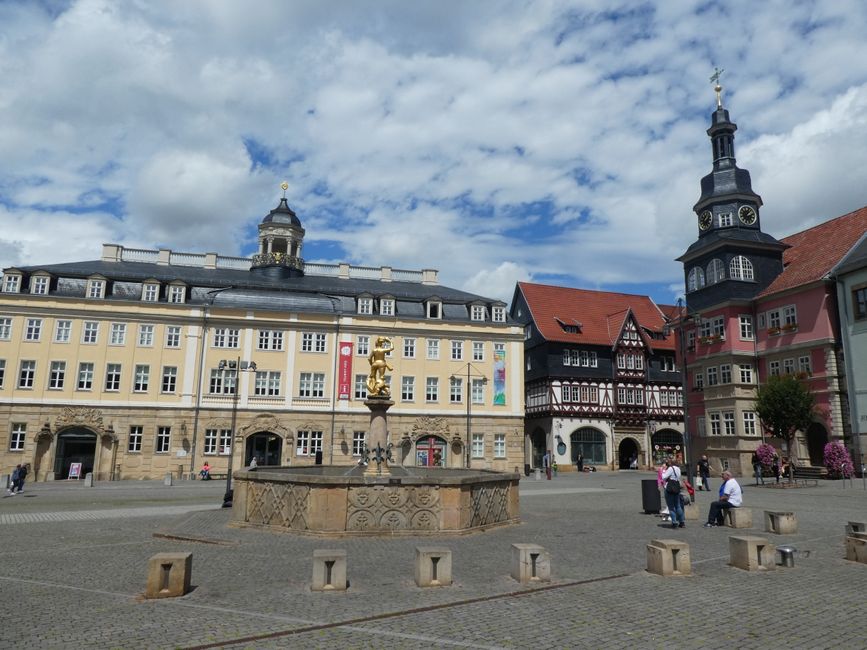
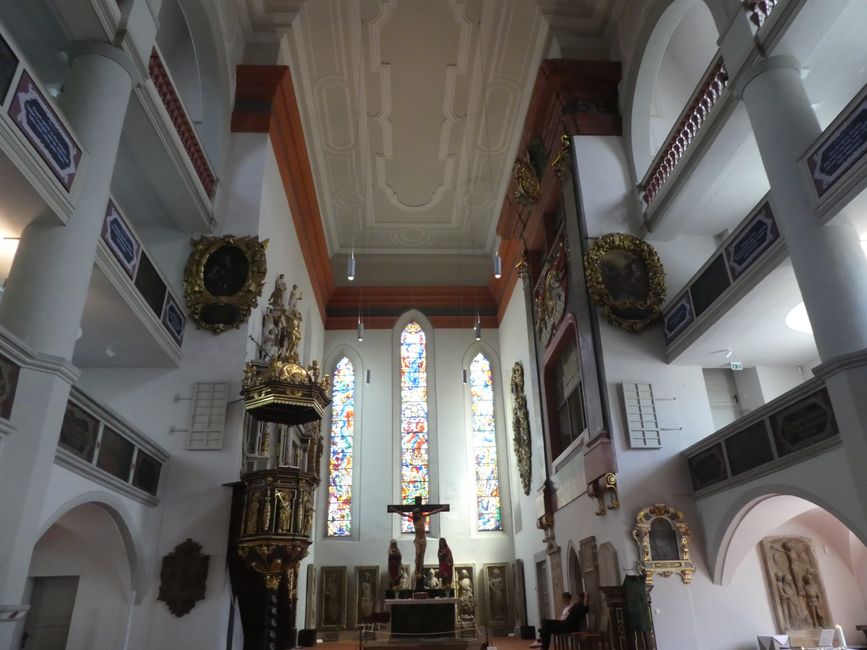
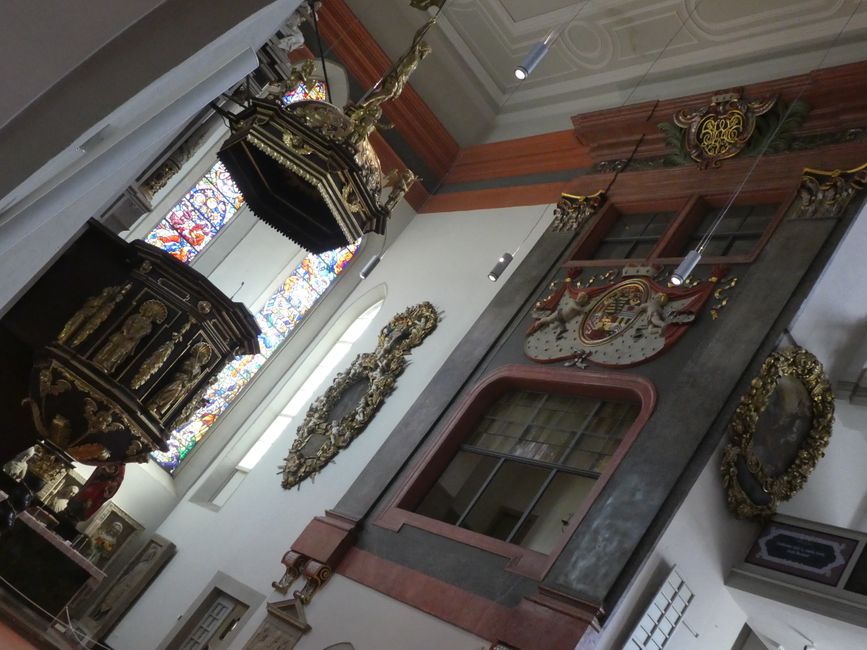
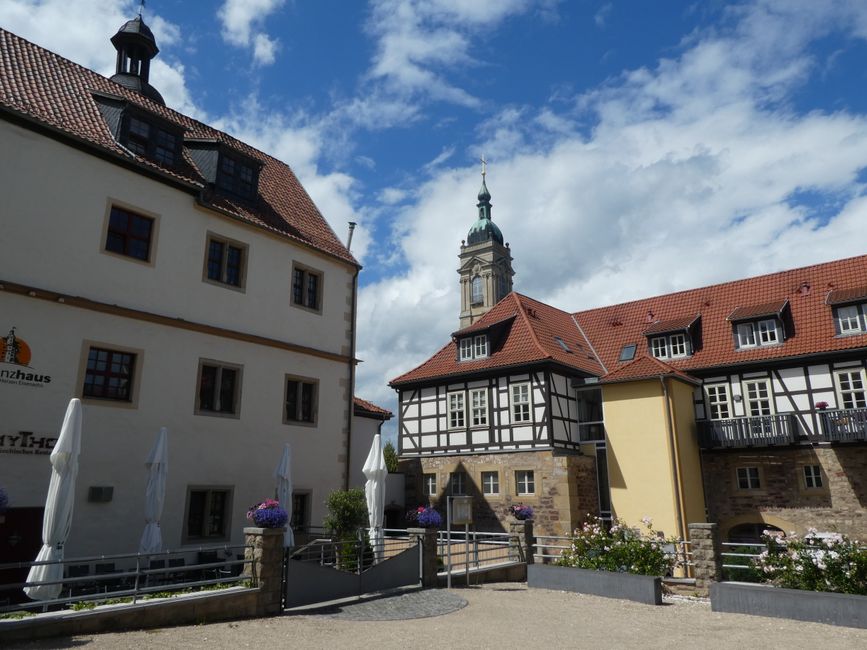
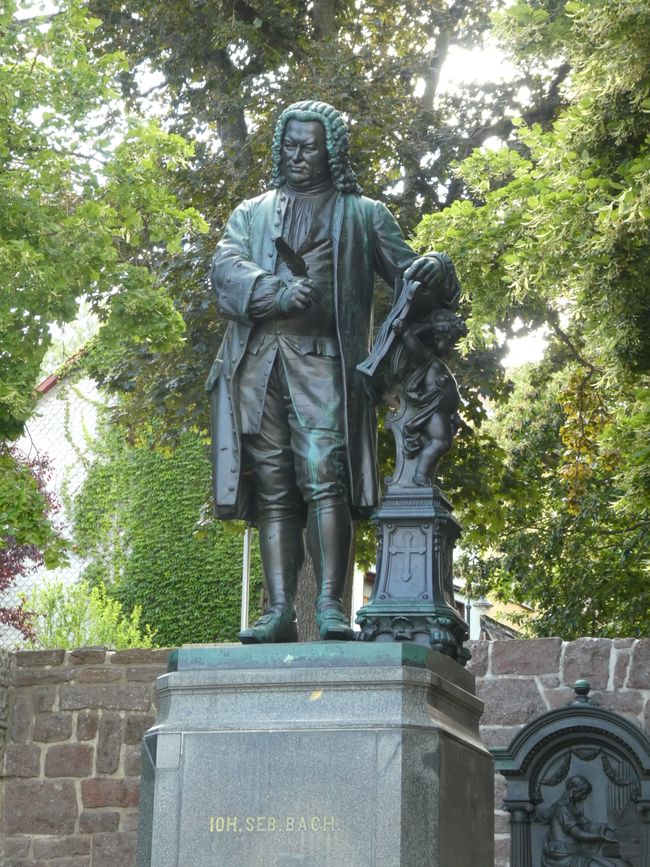
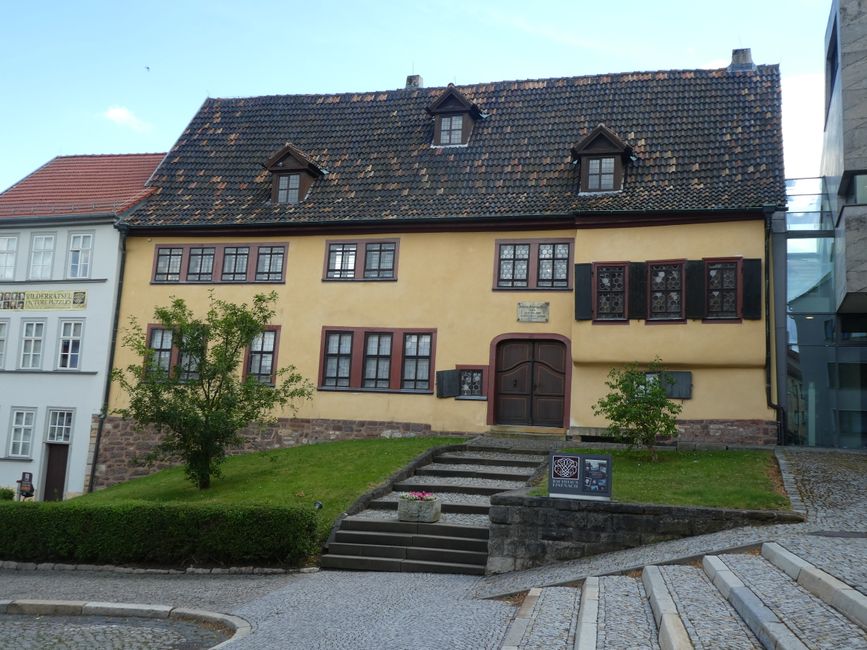
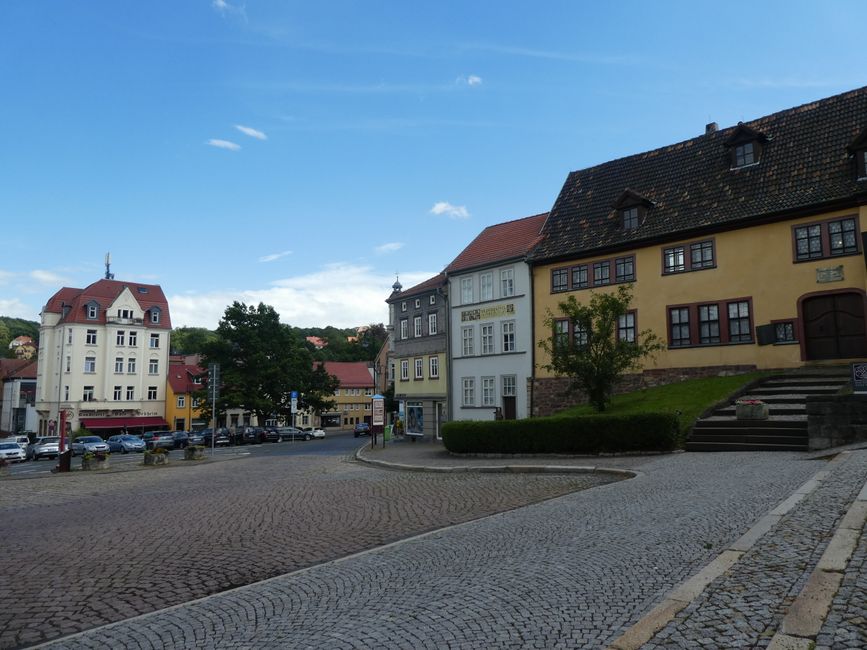
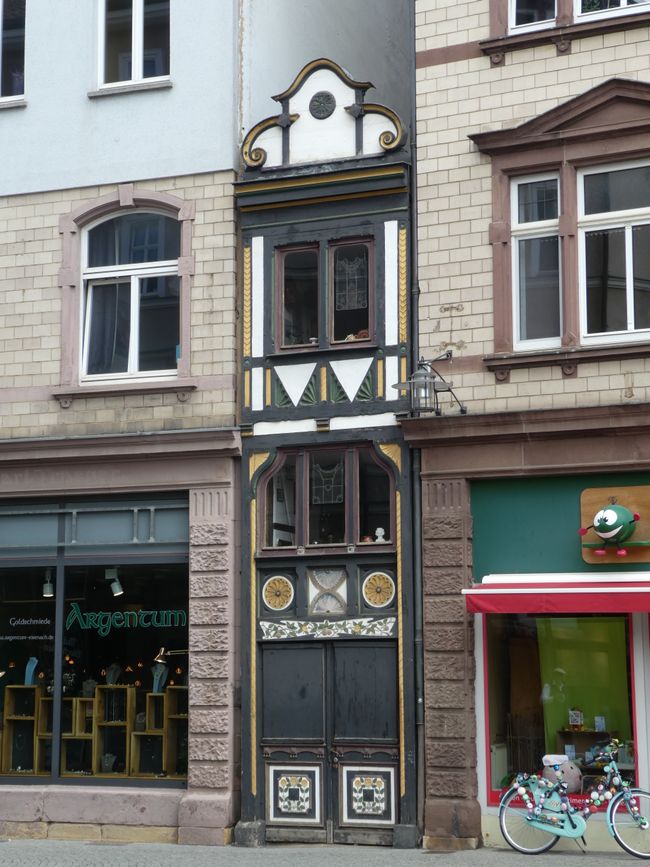
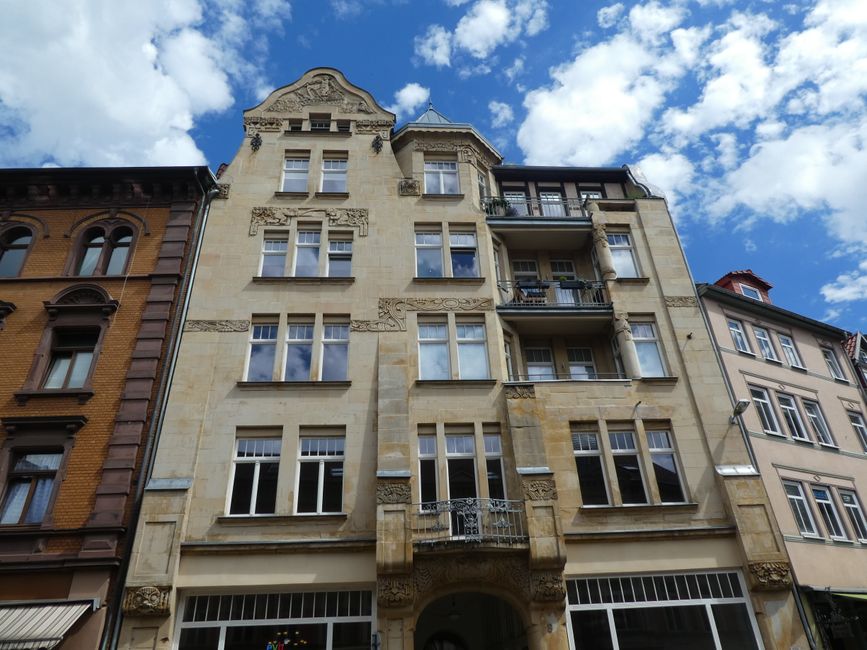
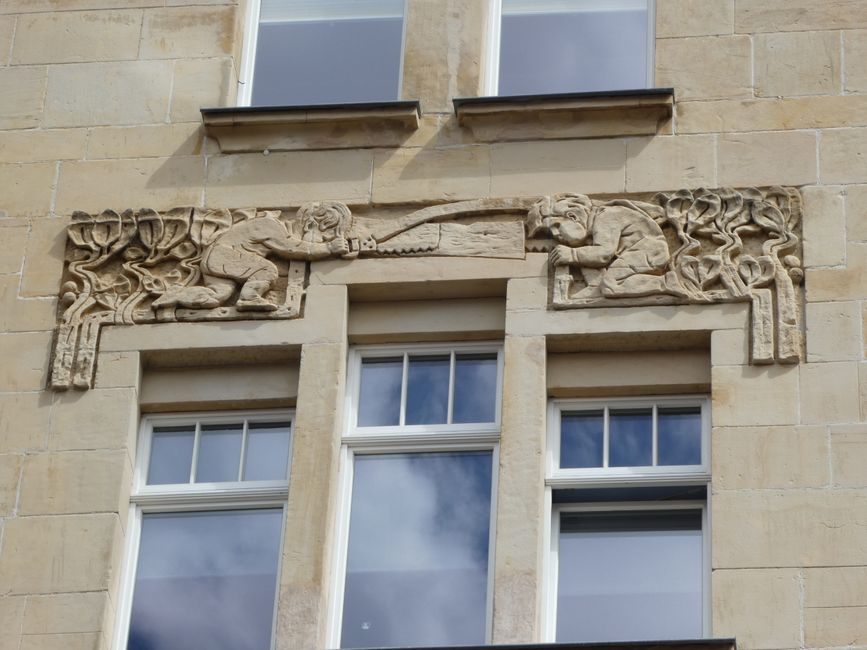
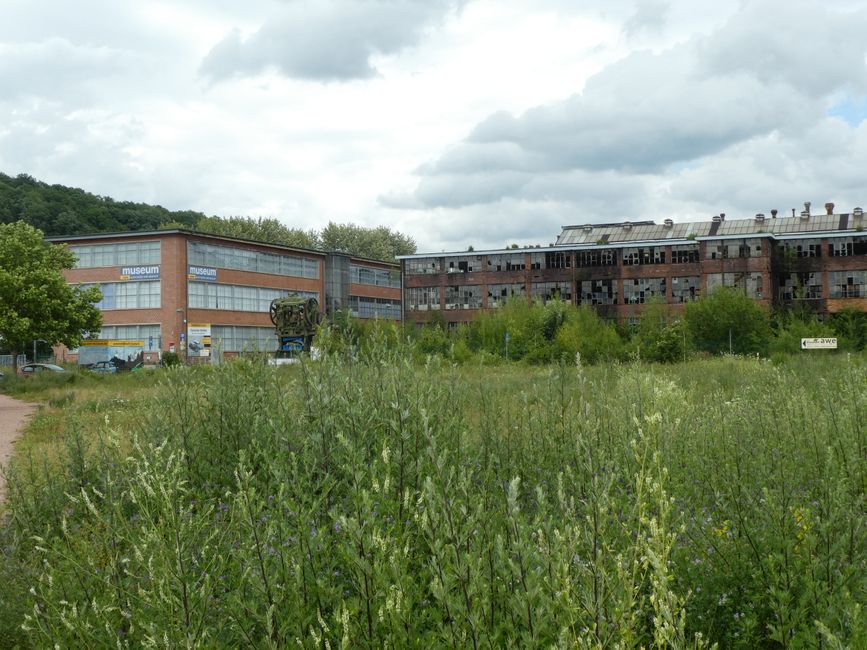
පුවත් පත්රිකාවට දායක වන්න
In the morning, we set off early to the Wartburg Castle. Originally, we wanted to be there at 8:30 am, but we saw just in time on the internet that it currently (due to Corona) opens at 10 am.
It would take us a good half hour from our hotel and we left at around 8:40 am. We chose the ascent via the 'Luther Path', where every few meters there was a sign with a Luther quote, a picture, and some information about the life of the reformer. Unfortunately, it started raining harder and our stays in front of these signs were very short.
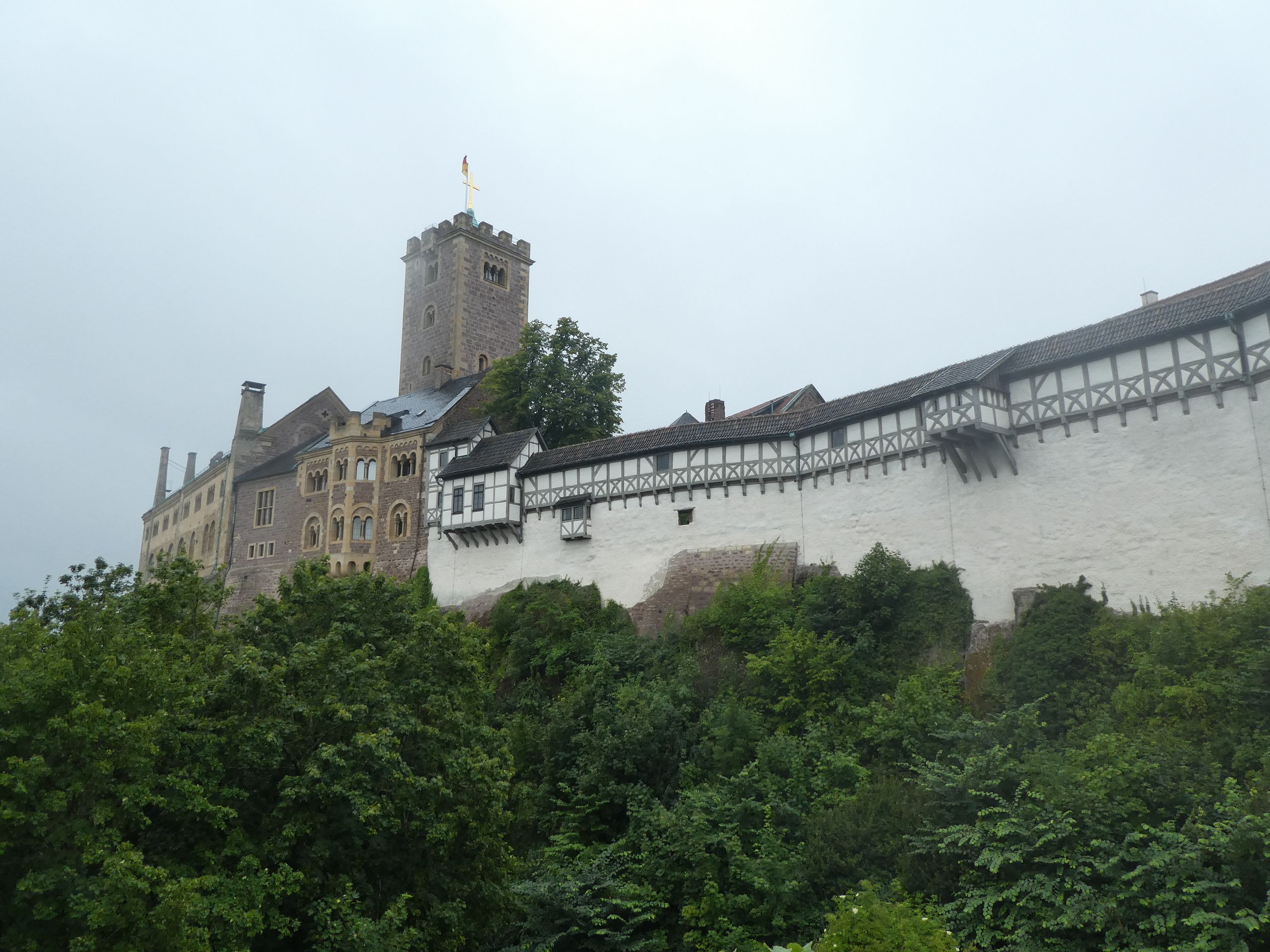
Feeling a bit drenched, we reached the Wartburg and realized that our plan to be there before the other visitors to take some pictures of the view didn't work out well: Not because there were already many people there, but because the view was obstructed by fog.
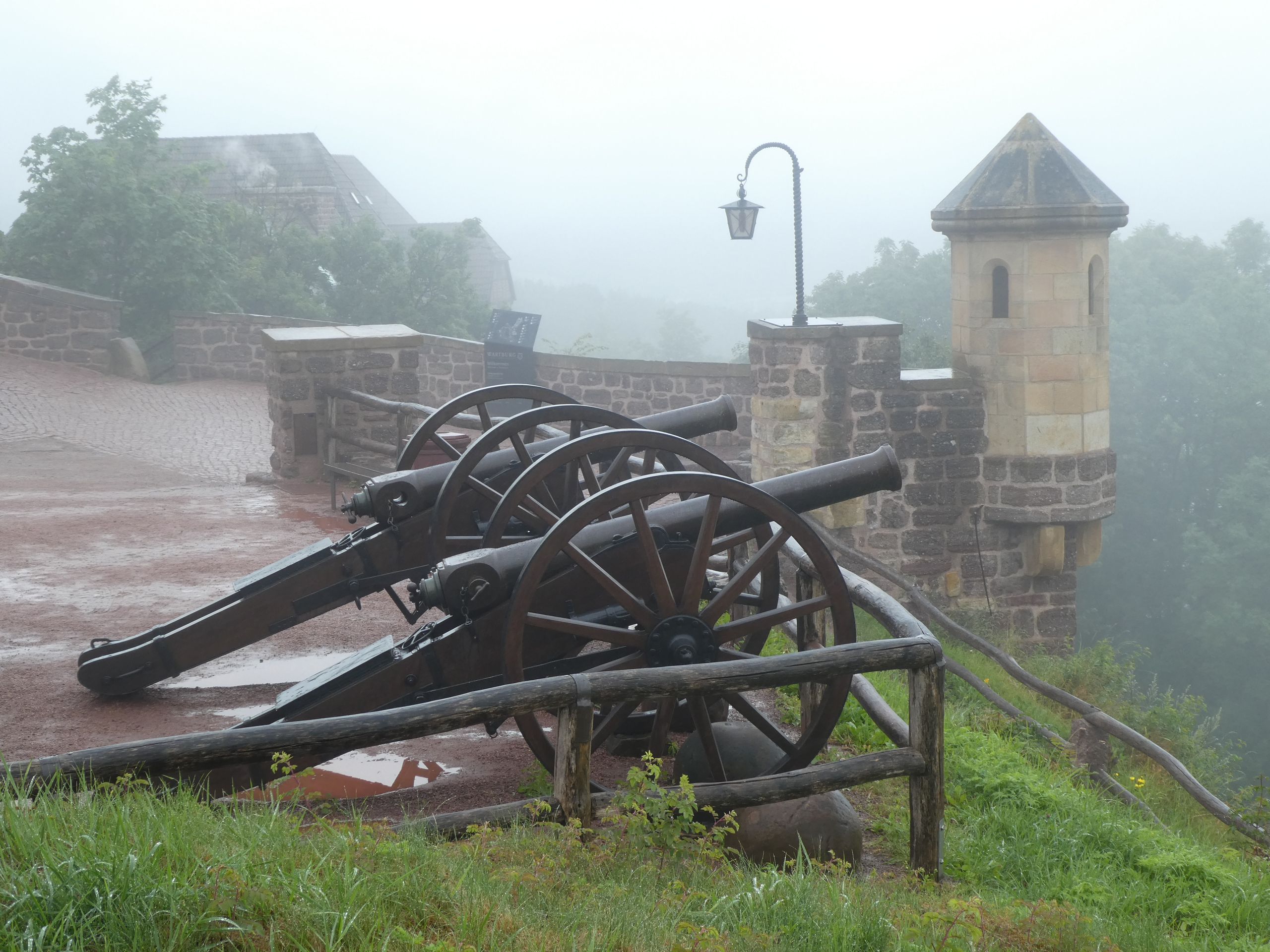
From the viewpoint, we could still look out over Eisenach (and the elevation we had overcome), even though the view was not very clear.
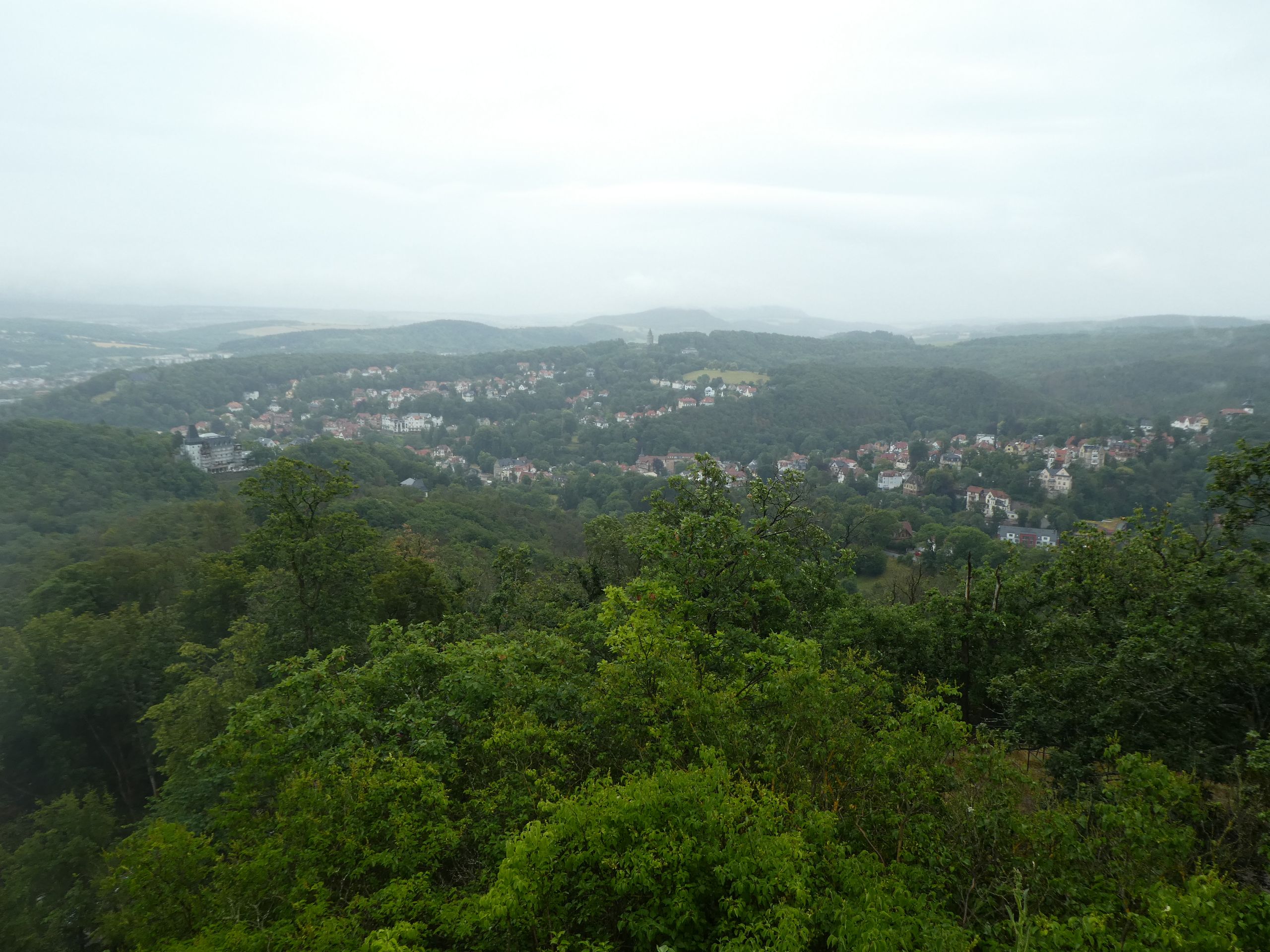
We actually had the Wartburg Castle all to ourselves - apart from some employees who were starting their work day - and we could explore the grounds and take photos.
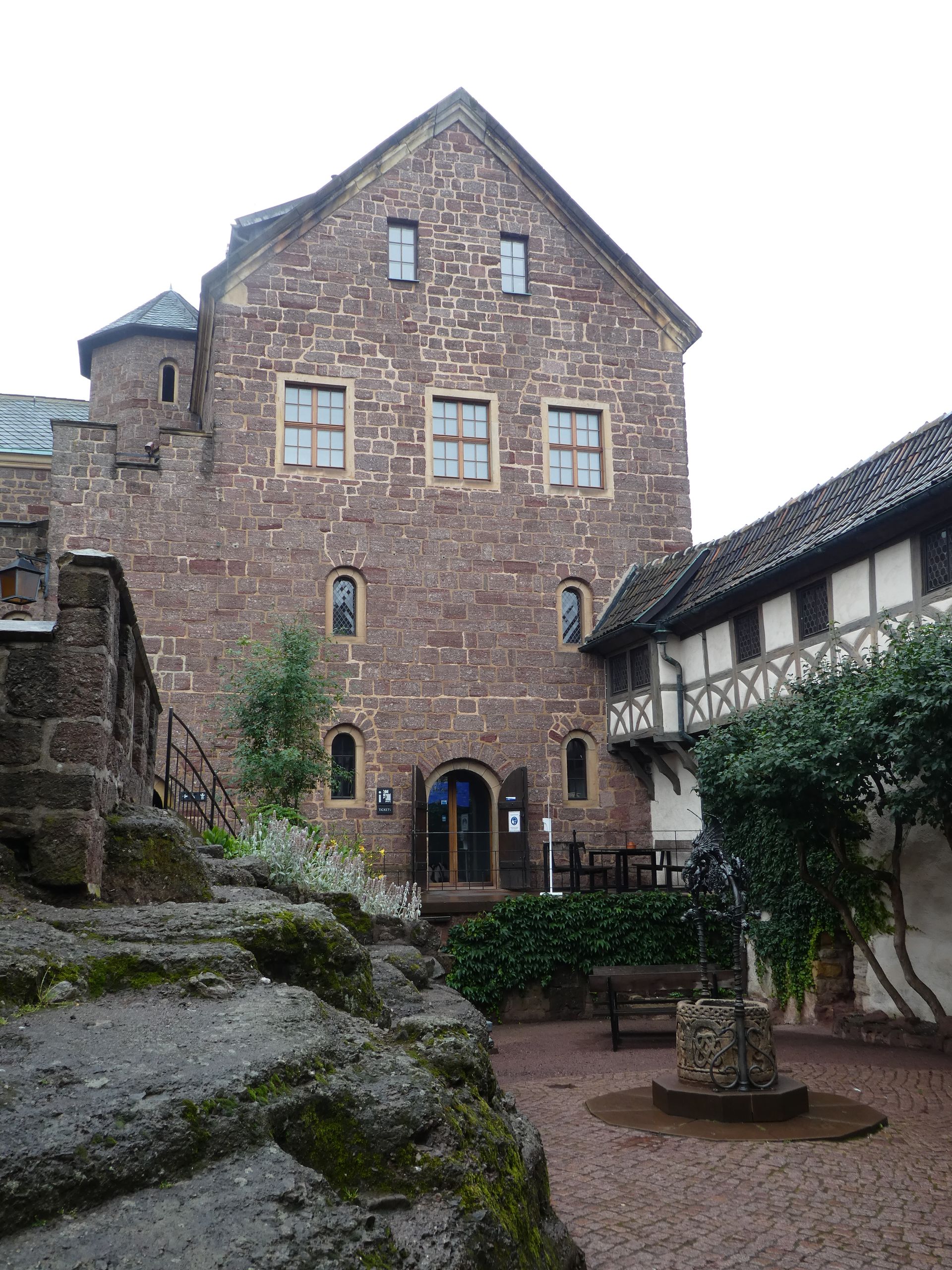
The first buildings of the Wartburg Castle date back to the 12th century, but most of it was only built in the 19th century. Meanwhile, the castle had become a ruin until the Grand Duke of Weimar, Carl Alexander, decided on a comprehensive renewal and decorative design of the castle complex.

So the castle was redesigned in the style of Historicism and adapted to the contemporary taste, which now appears to us as a colorful mix of styles.

The ticket sales started at 9:45 am. By then, we had already explored the exterior of the castle. Although it had stopped raining by now, the wind was still quite cold. So we sought shelter in the ticket sales room. There, someone who shall not be named noticed that they had forgotten their 'Thuringia Card', which they had purchased the day before, in the hotel room. Since we were not very keen on a one-hour hike back and forth to the hotel, we had already resigned ourselves to the fact that we would have to buy a new ticket when a lady working in the office asked us about our cards. She spared no effort, made a phone call to the tourist information office where we had purchased the cards, and found the number so that we were able to enter without physically having the card with us.
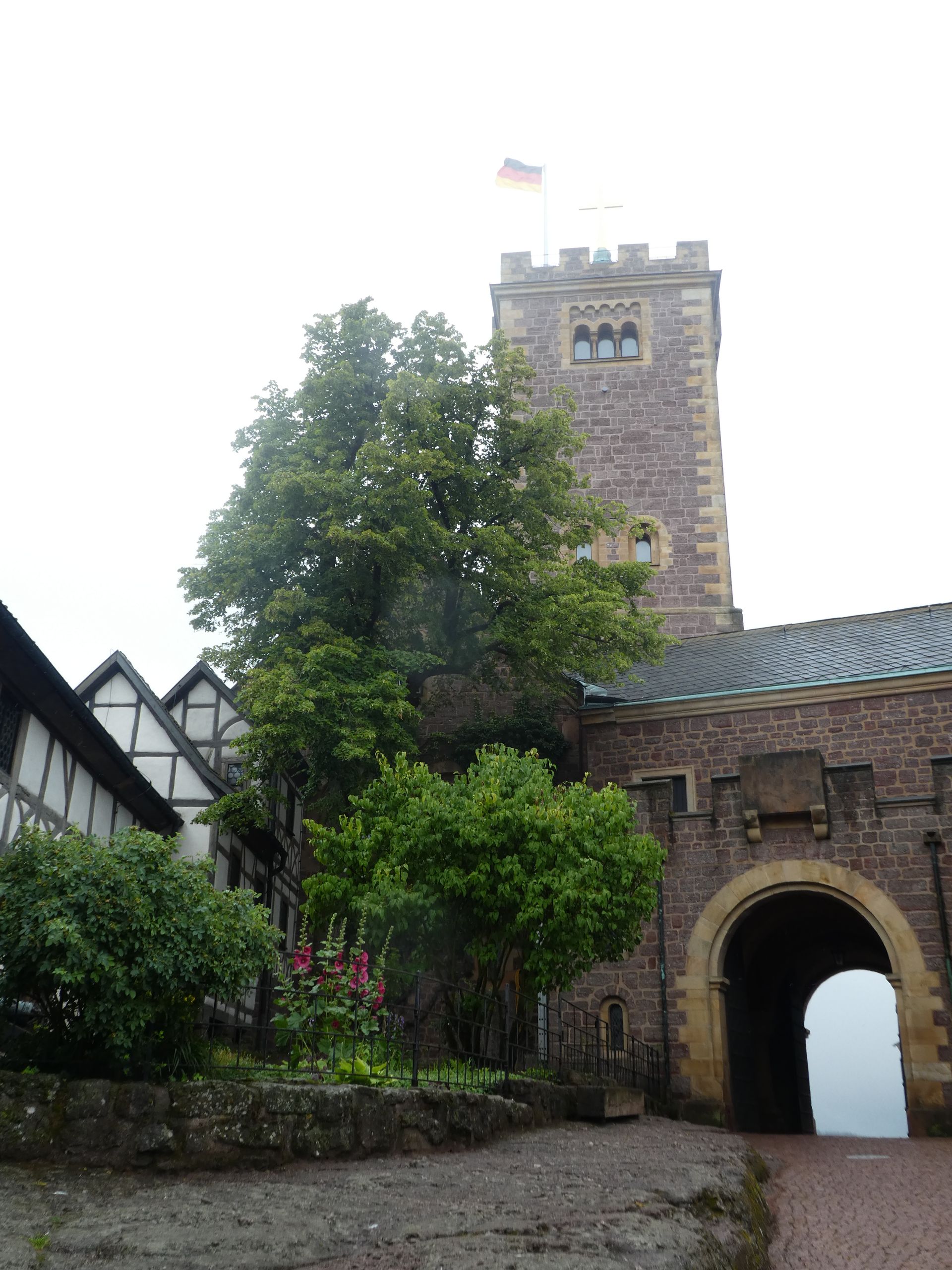
So we were the first visitors of the day to enter the Wartburg Castle and started our tour through the castle. Currently, there are no guided tours, but you can access the audio guide on your own mobile phone. The WiFi was almost nonexistent in the castle, but luckily our data volume was still sufficient.

One of the most impressive parts was the Elisabethkemenate, richly decorated with mosaics, which depicts the story of Saint Elisabeth. Elisabeth lived at the Wartburg Castle as a landgravine until the early death of her husband, and so some paintings and rooms commemorate her.
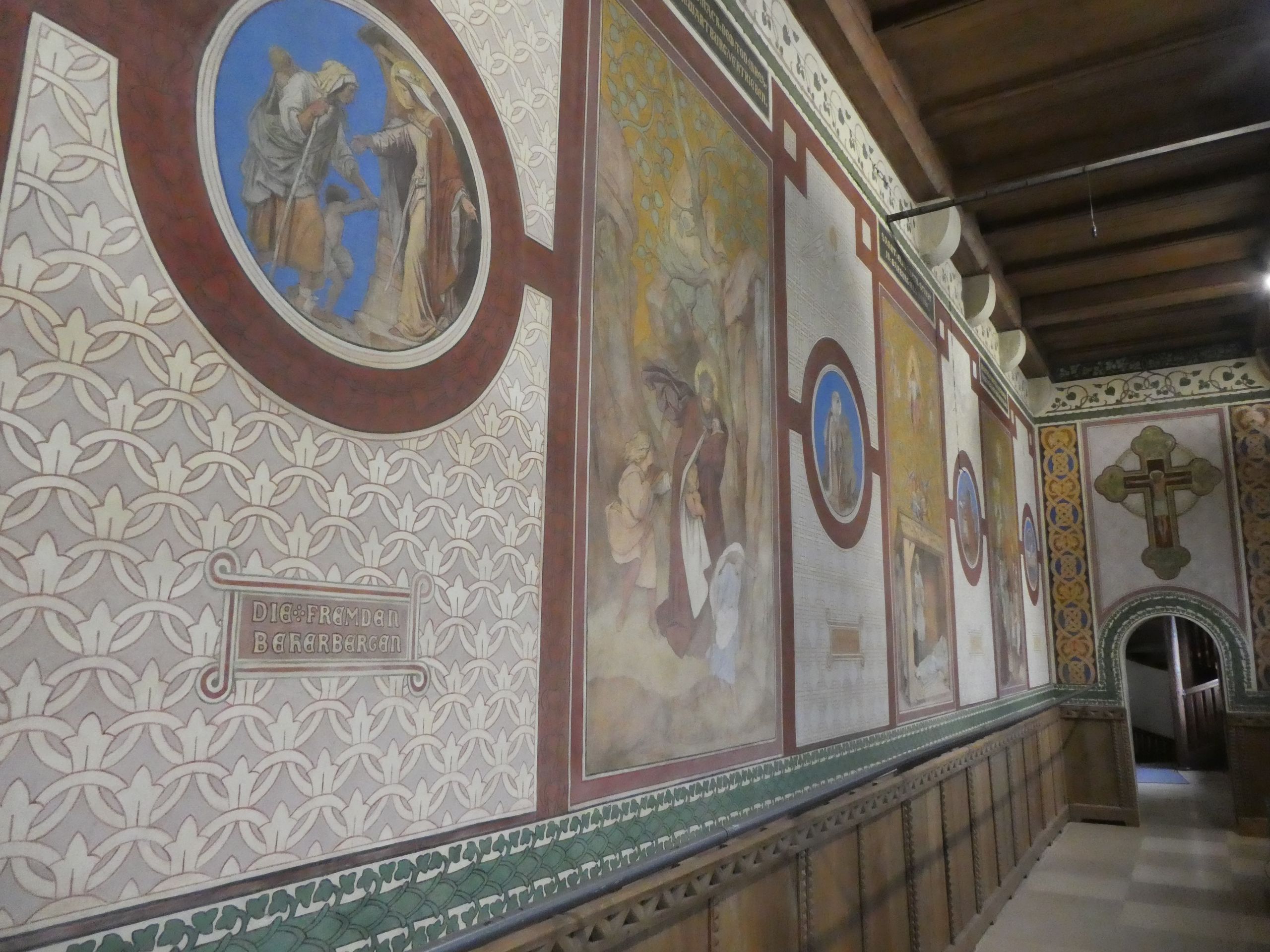
The legendary Singers' Contest is said to have taken place at the Wartburg Castle. According to the legend, the 'Sängersaal' (Singers' Hall) was set up during the restoration in the 19th century.
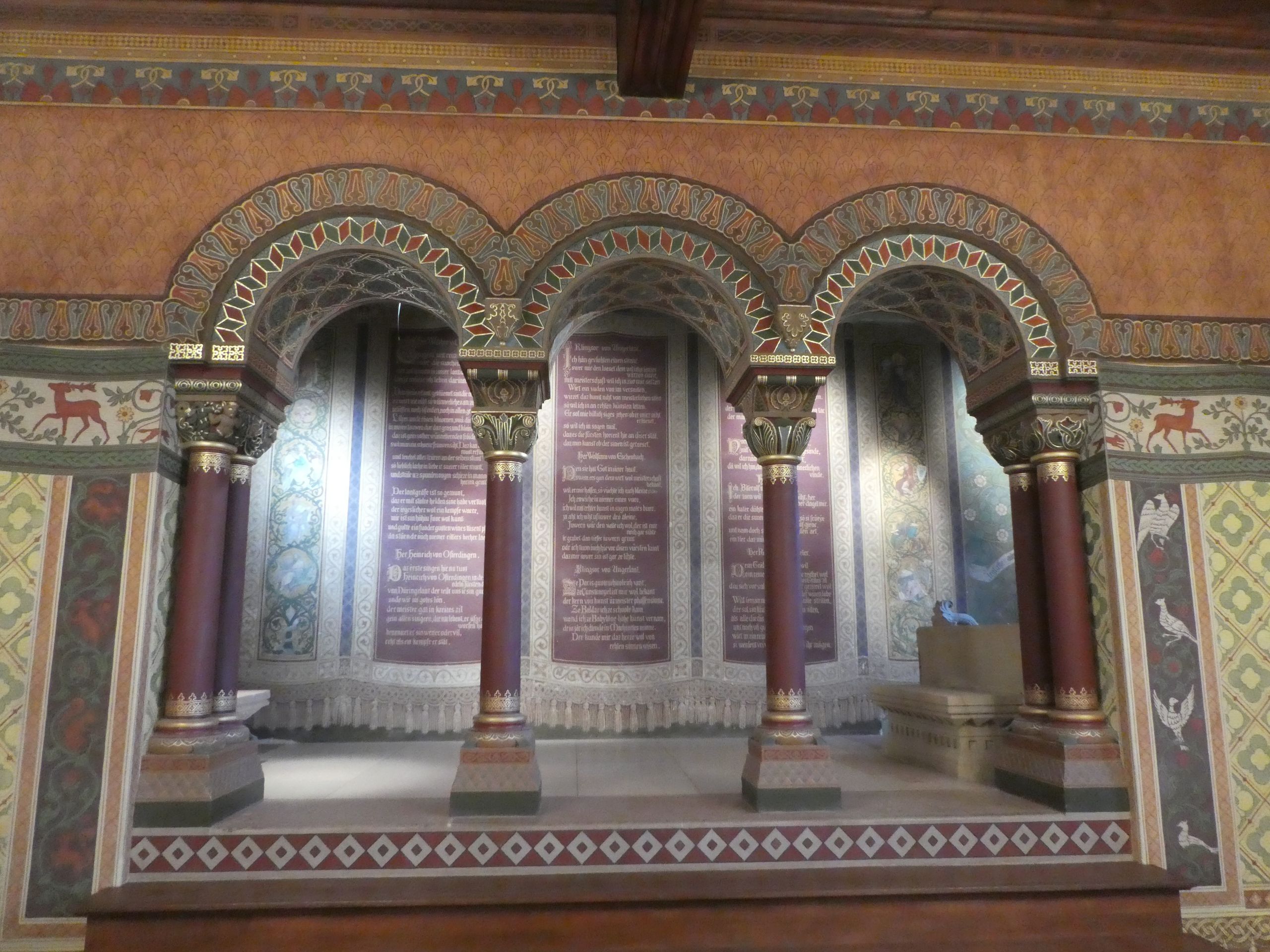
The most famous guest of the Wartburg Castle, of course, was Martin Luther, who hid here as Junker Jörg for 10 months. We saw the 'Lutherstube' (Luther's Room), where he translated the New Testament into German.
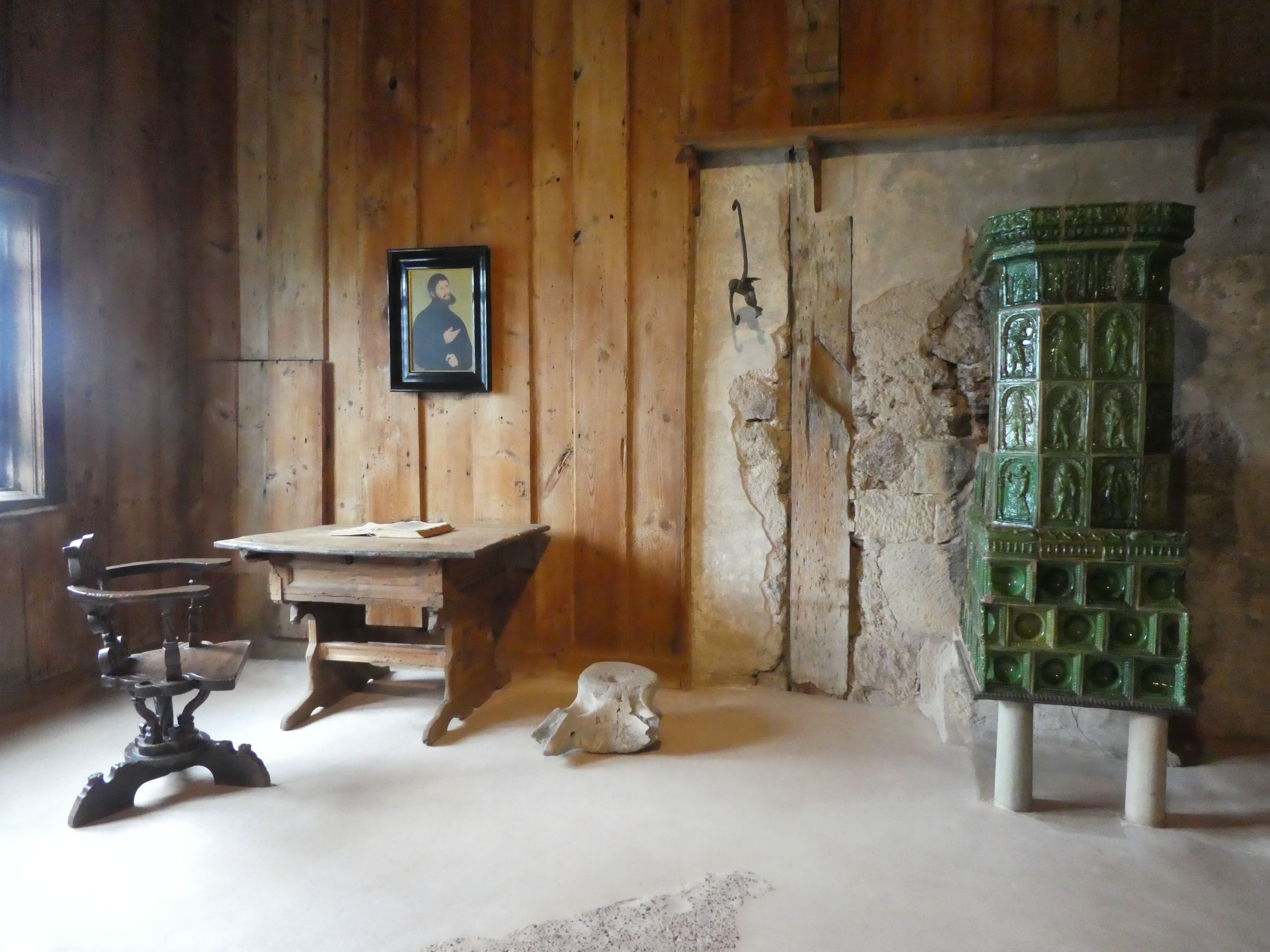
However, the legendary ink stain, which had to be renewed over the years because eager visitors wanted to take a part of it home as a souvenir, no longer exists today.
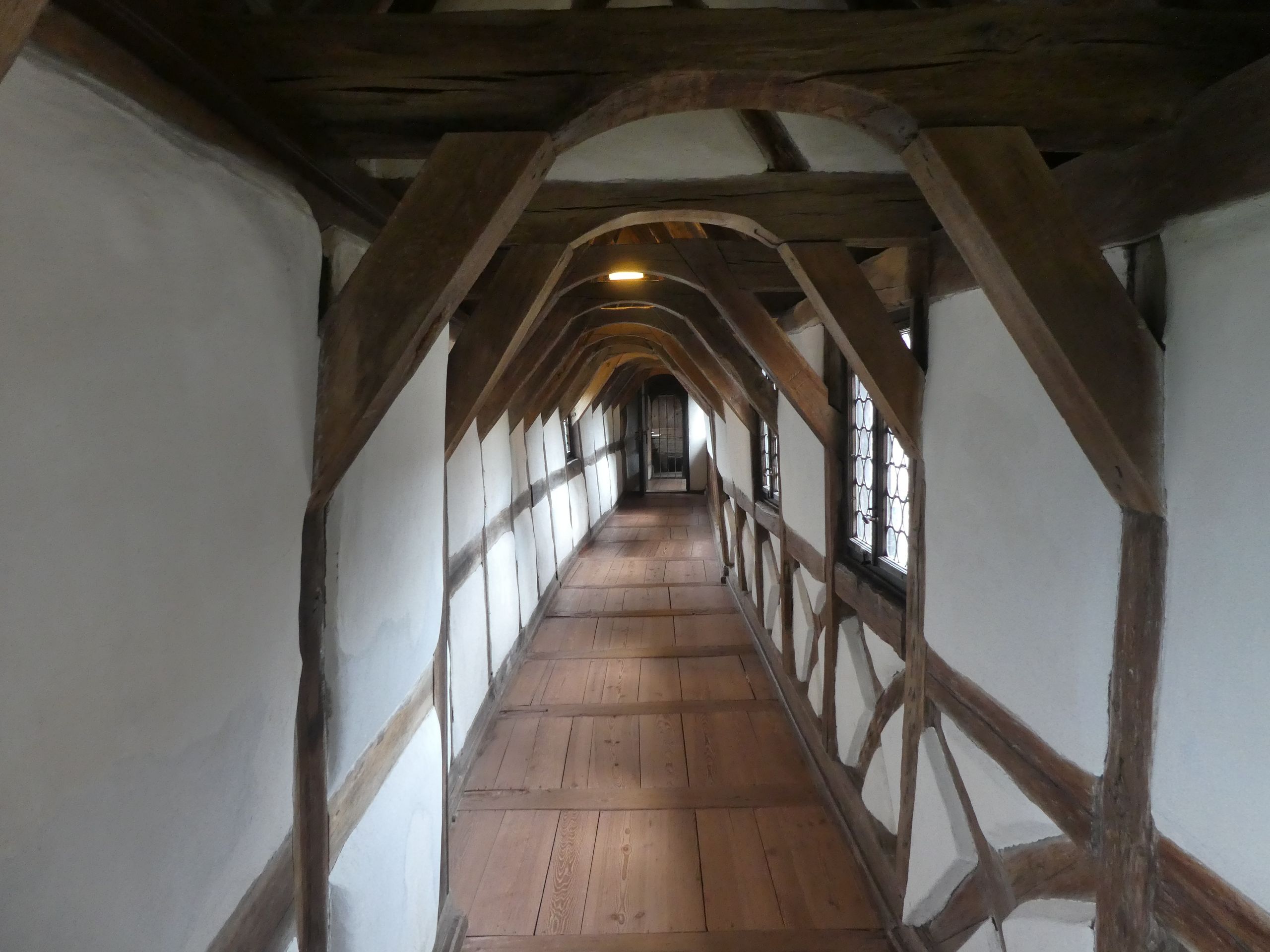
Thematically related to this, after descending to Eisenach, we visited the 'Lutherhaus'. Luther came to Eisenach at the age of 15 as a Latin student and stayed with the wealthy Cotta family. They allowed him to live with them, and today the family's house is dedicated to the later reformer and his work.

A special focus is on his translation of the Bible and Luther's impact on the German language.
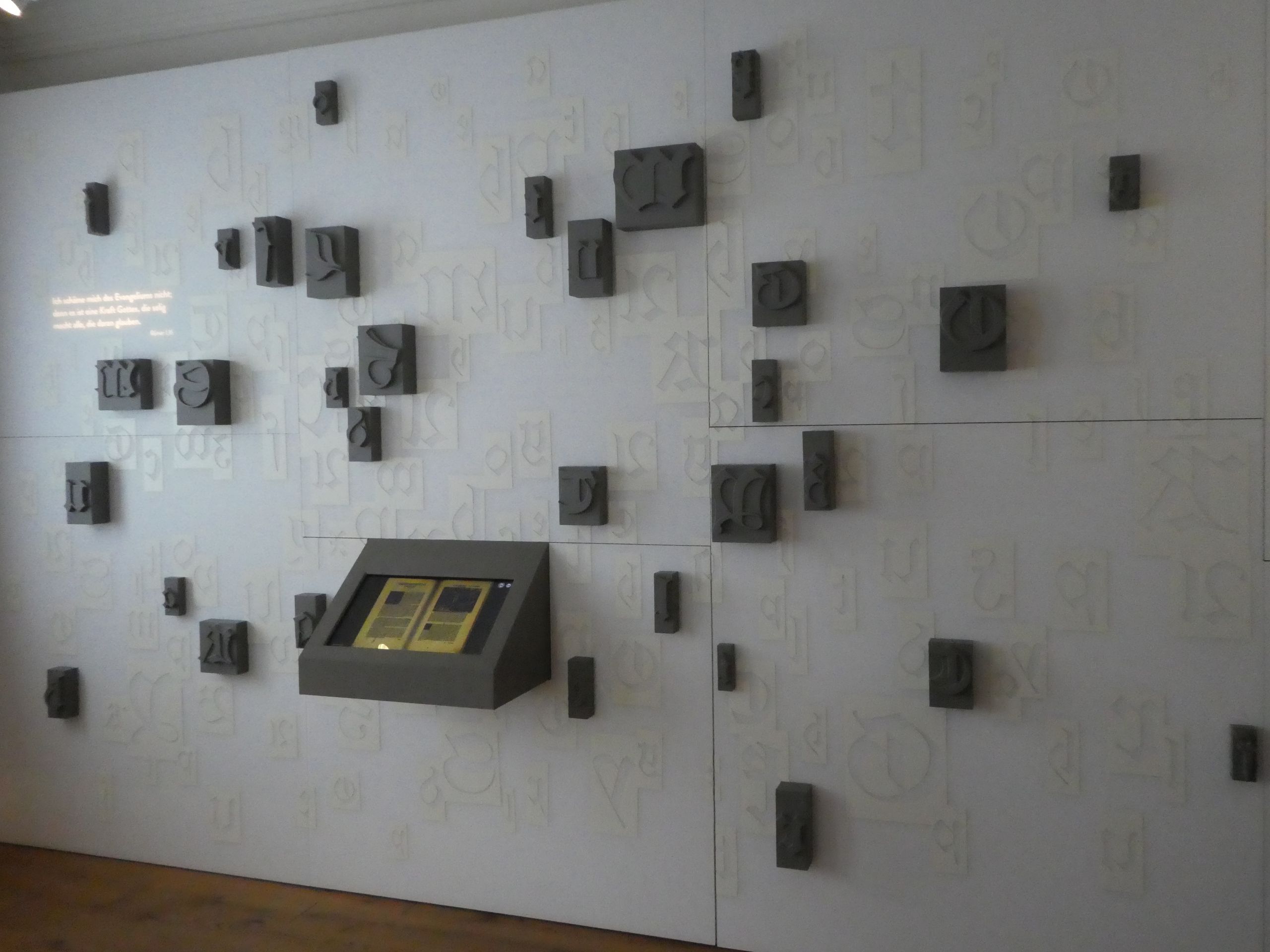
After a short lunch break with a Thuringian bratwurst, which we had to try during our visit here, we went on an afternoon city tour to the marketplace.

Our tour guide introduced himself as the 'tour guide with the red shoes' and told us that he owns 24 different pairs of red shoes.
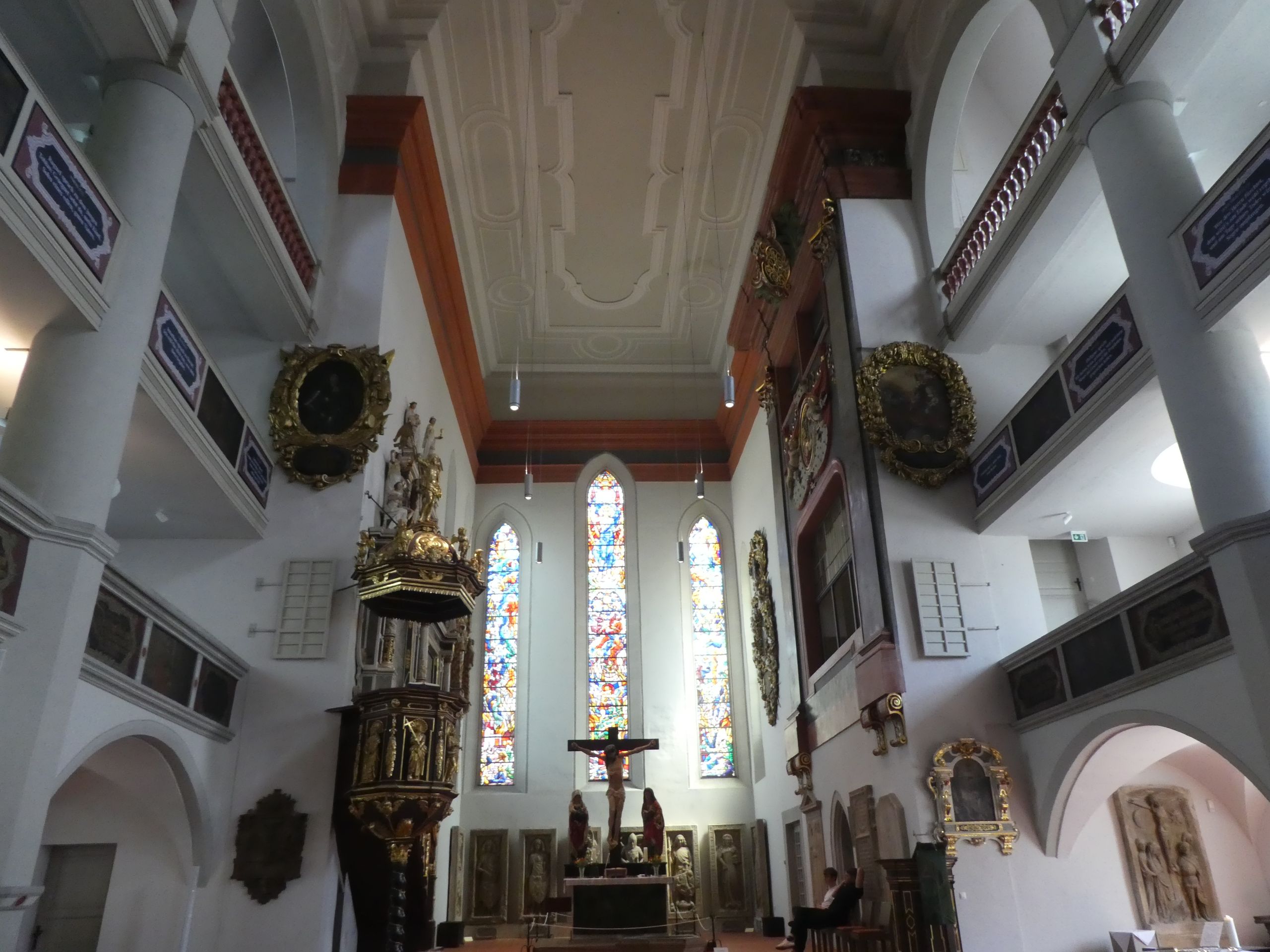
Entertainingly, he told us about the history of Eisenach. First, we went to the Georgenkirche, where Johann Sebastian Bach was baptized. The tour guide mentioned that Luther, as Junker Jörg, attended the church service here every Sunday during his stay at the Wartburg Castle - despite the danger of being exposed (and despite the distance we had covered in the morning...).
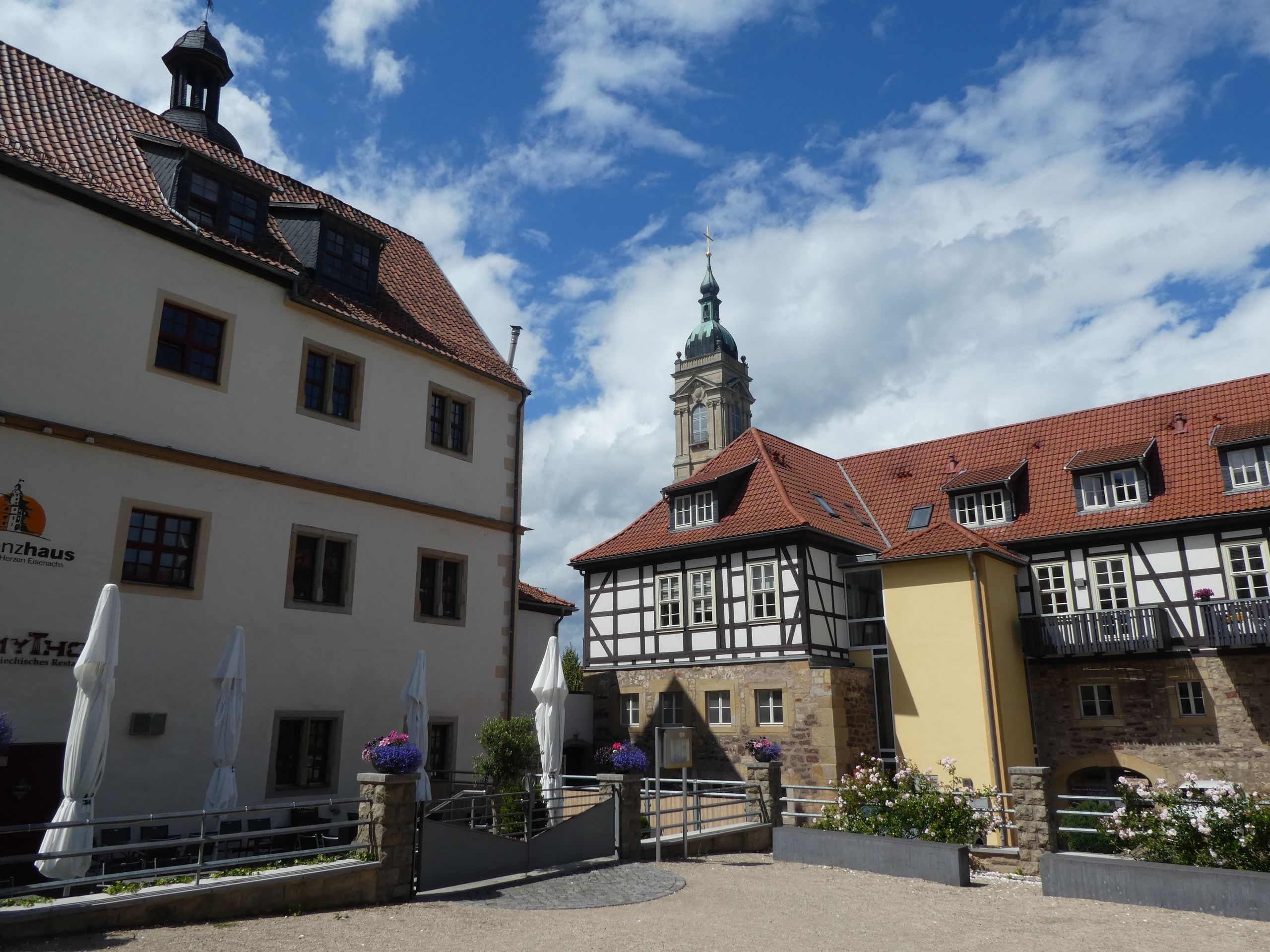
He also showed us the remains of the old Steinhof, which once belonged to the princes who lived at the Wartburg Castle. In the 16th century, it was acquired by a wealthy merchant who added a half-timbered structure on top.
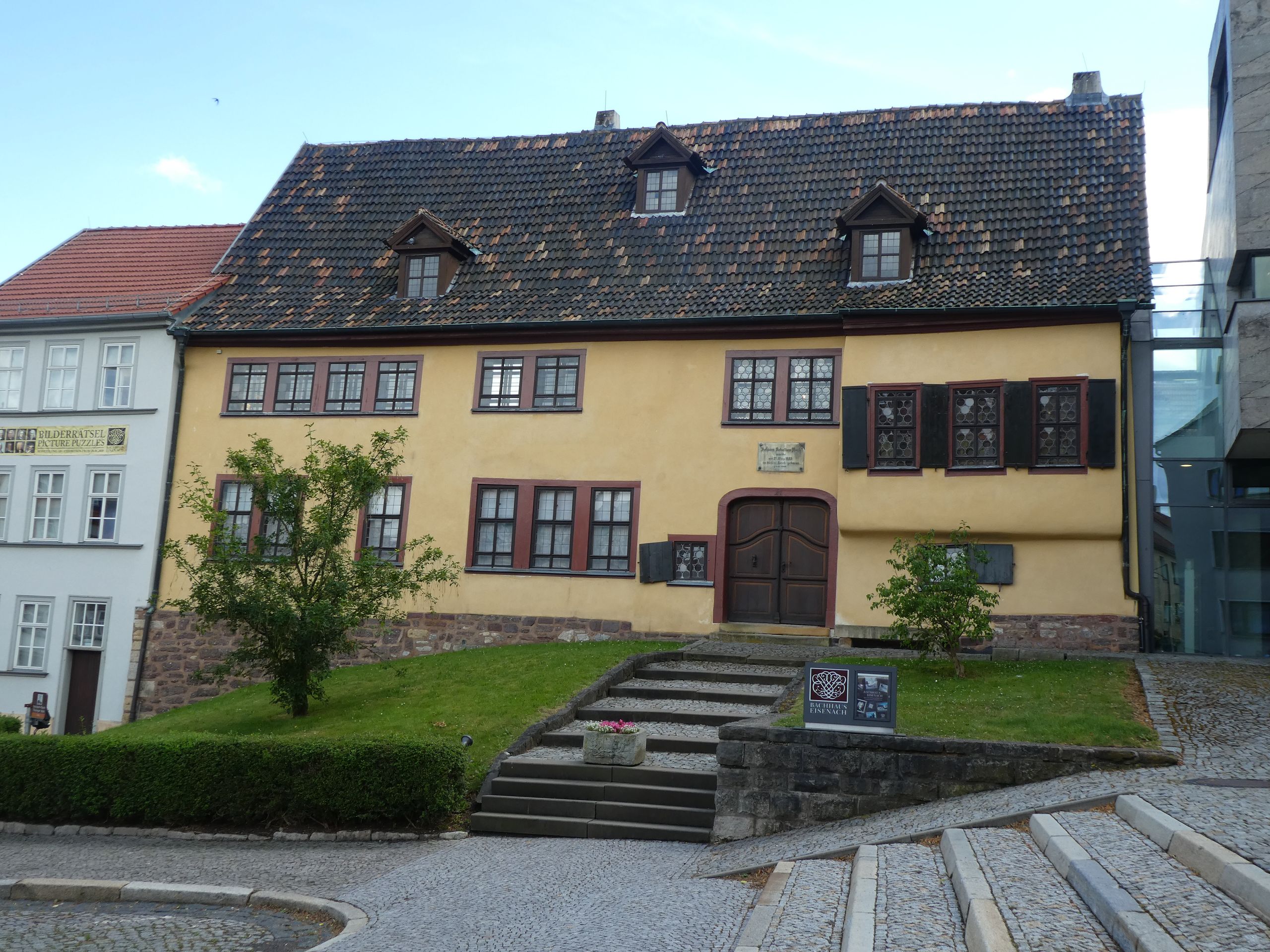
Of course, the tour guide did not fail to mention the city's most famous son - Johann Sebastian Bach. We saw his birthplace and monument on the former marketplace Frauenplan.
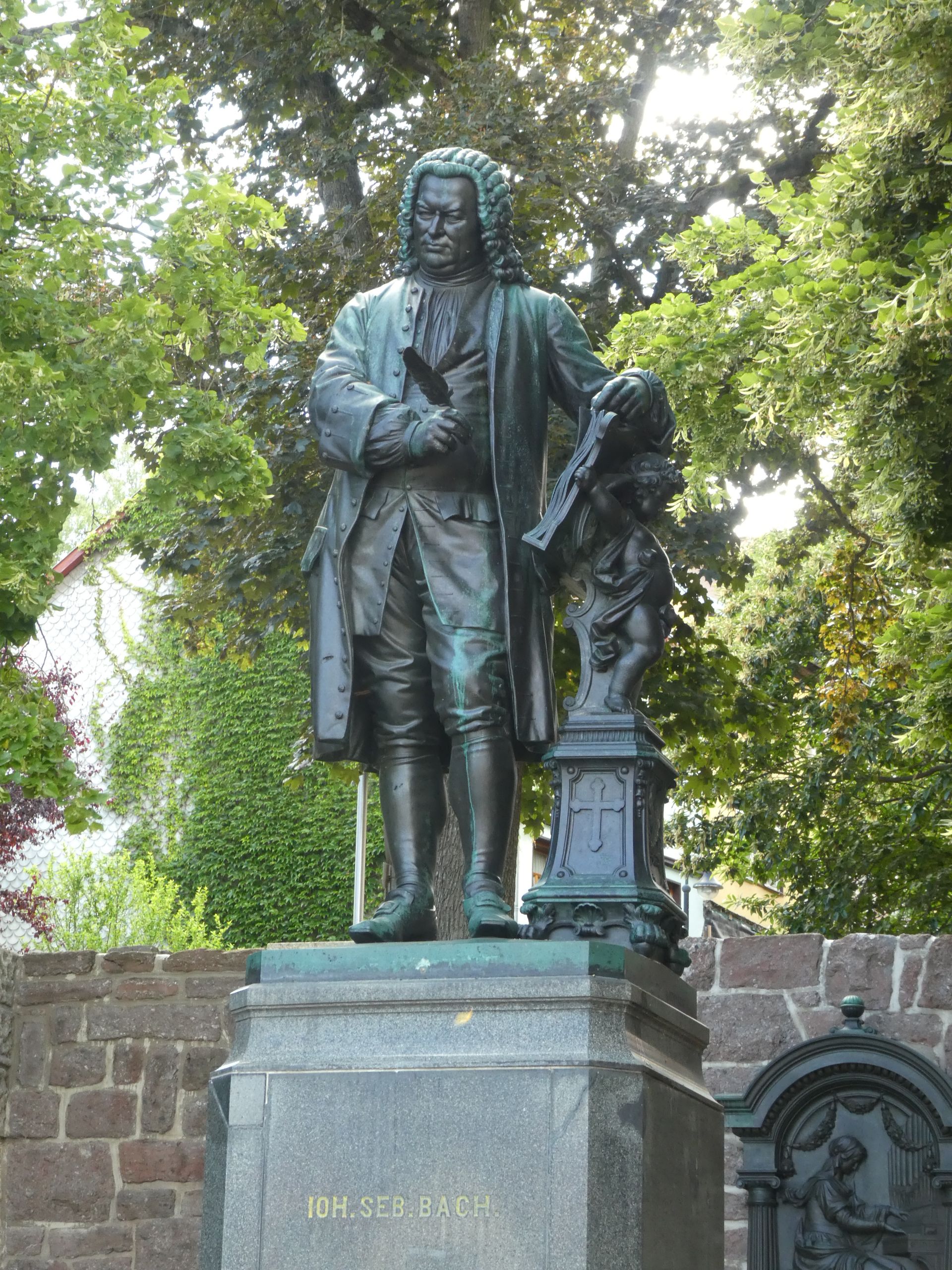
We continued on Johannisplatz, where we saw the narrowest house in Eisenach. It is only 2.05 meters wide, and inside it is only 1.85 meters wide from wall to wall (which is less than in our car...).

However, the house has seven rooms. Unfortunately, there is not enough space for proper staircases, so they were originally only connected by ladders...
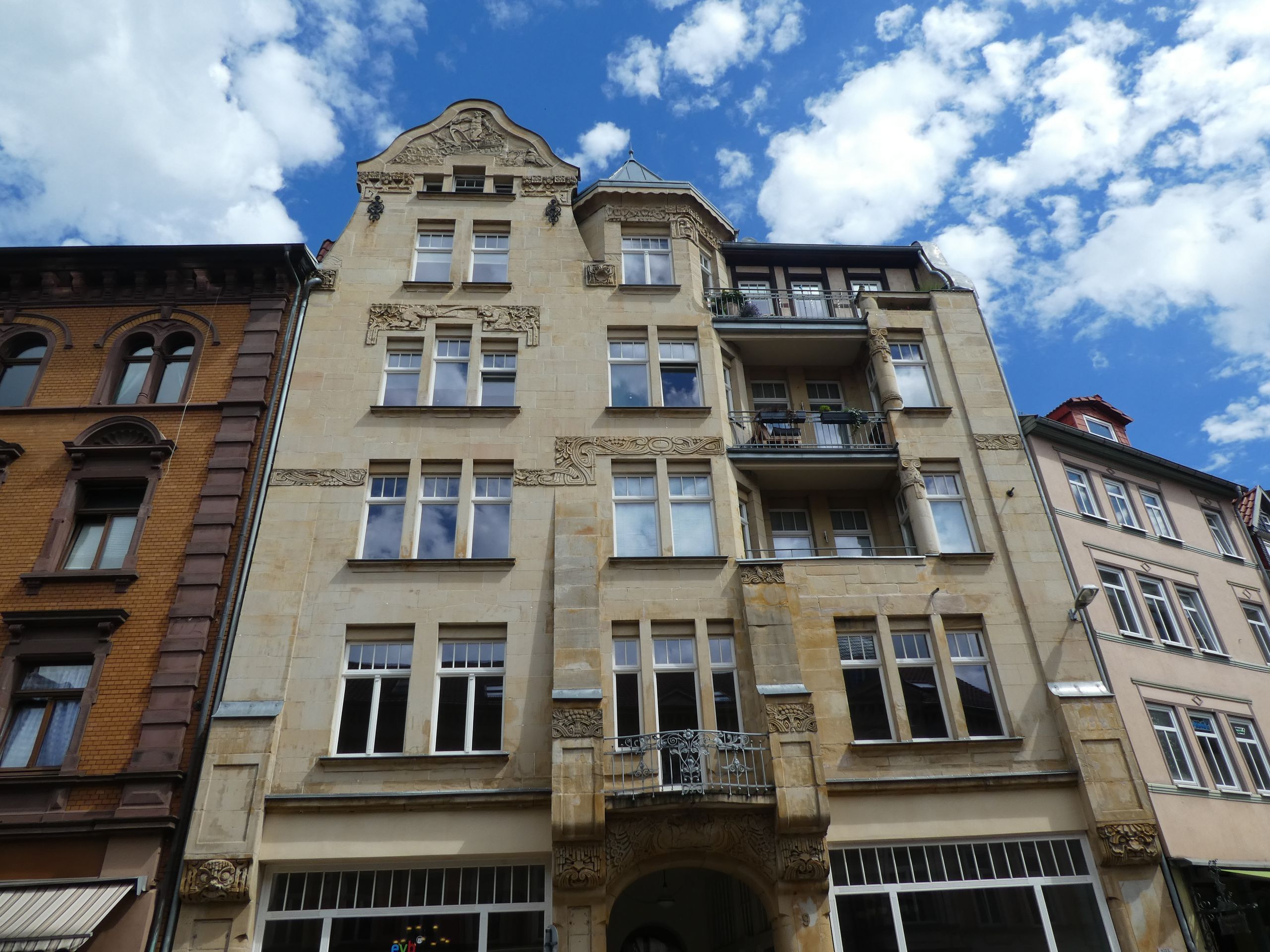
On the way back to the marketplace, we also saw the 'Max and Moritz' House. Actually, Wilhelm Busch has no connection to Eisenach, but since a scene from the Max and Moritz stories can be seen here, the residents of the city named it that way.
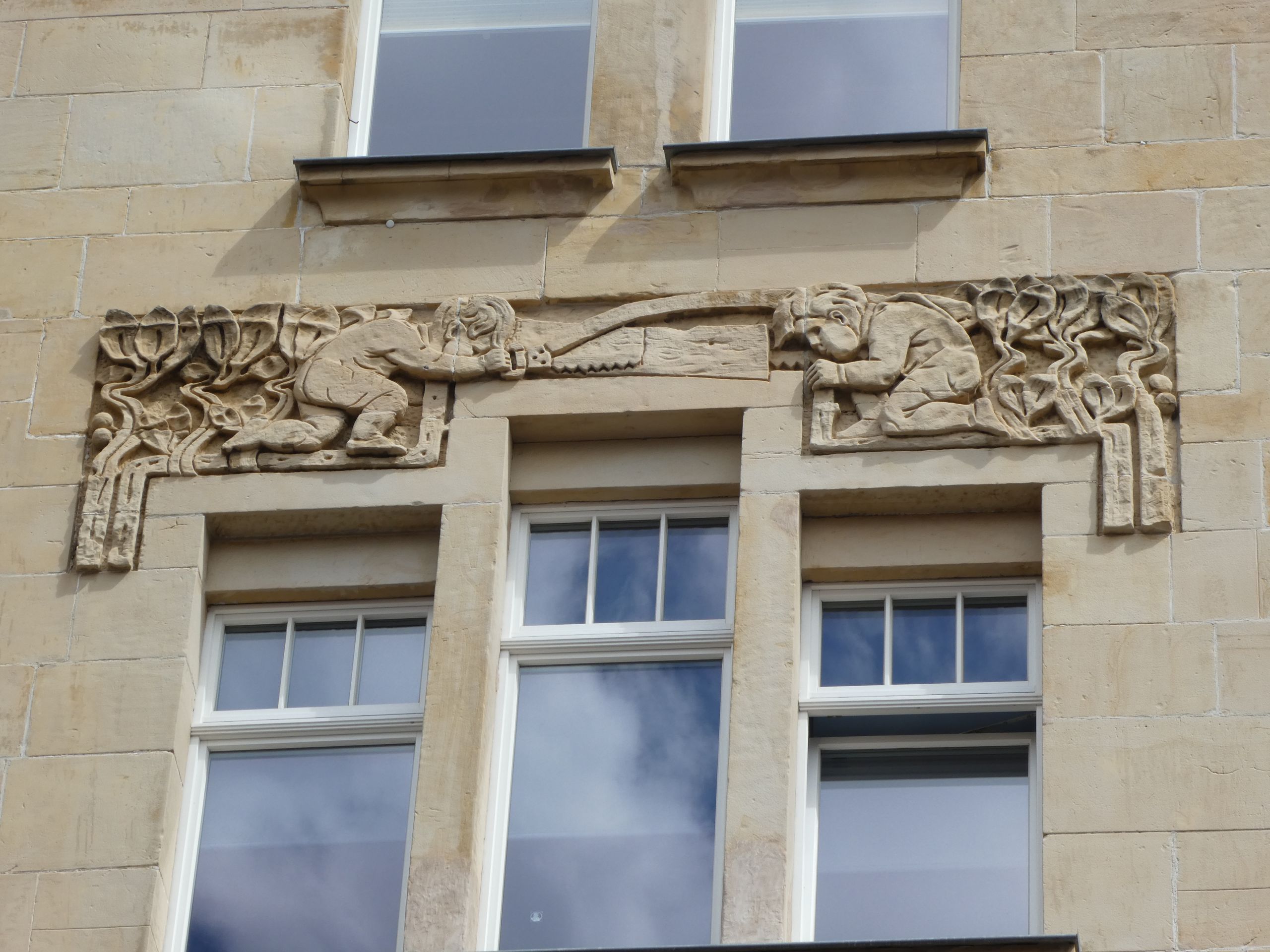
After the tour, we still had time to visit the Automobile World in Eisenach. The exhibition commemorates the fact that cars have been manufactured in Eisenach for over 120 years. In the former factory hall where the Wartburg cars were produced, there is now an exhibition on the history of car manufacturing in Eisenach from the DIXI to Opel.
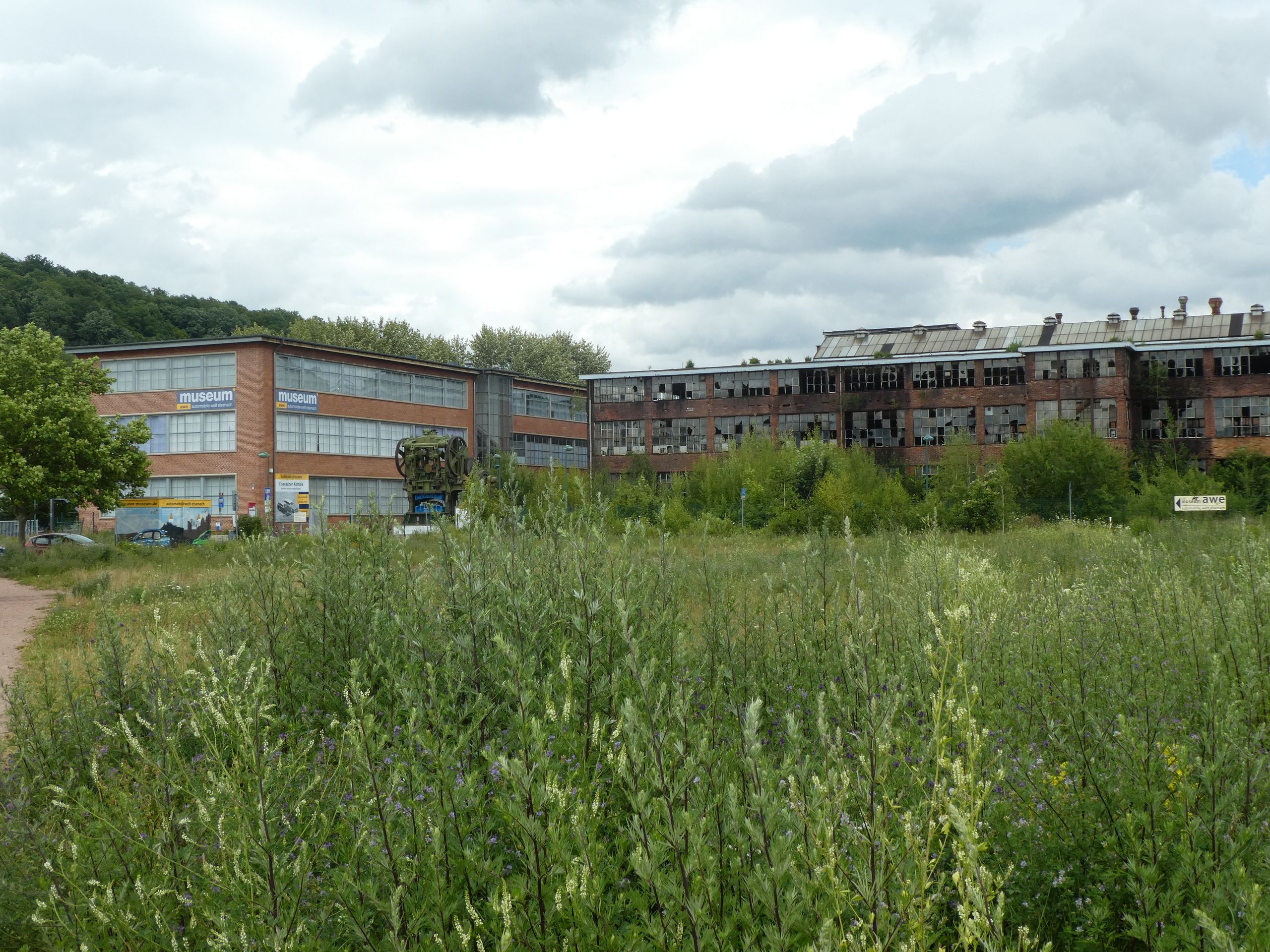
After the weather had been so wet in the morning, the sun came out in the afternoon, so we ended the day in Eisenach at the ice cream parlor.
පුවත් පත්රිකාවට දායක වන්න
පිළිතුර
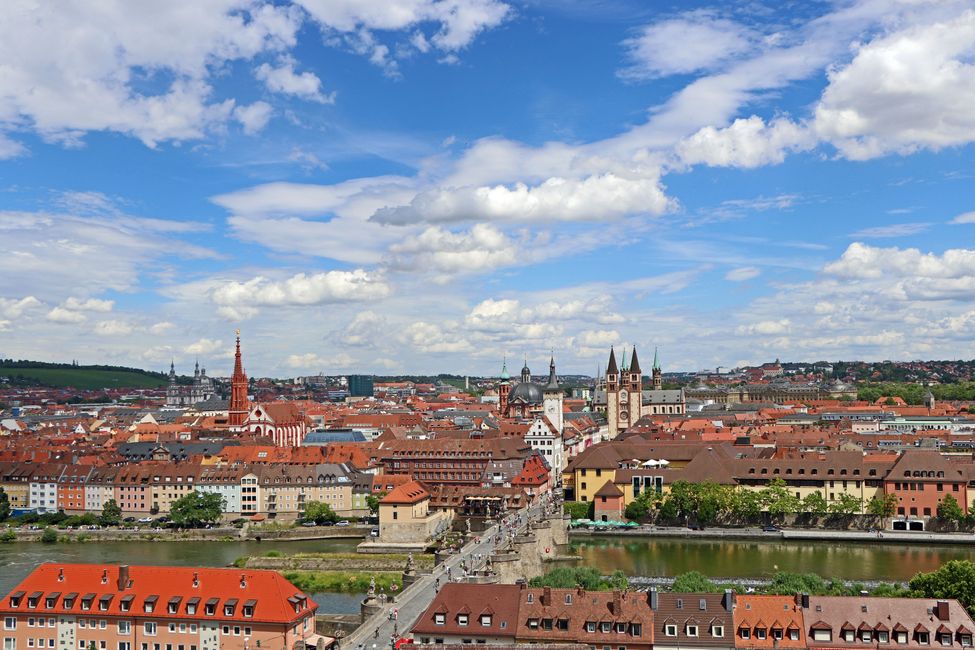
සංචාරක වාර්තා ජර්මනිය
